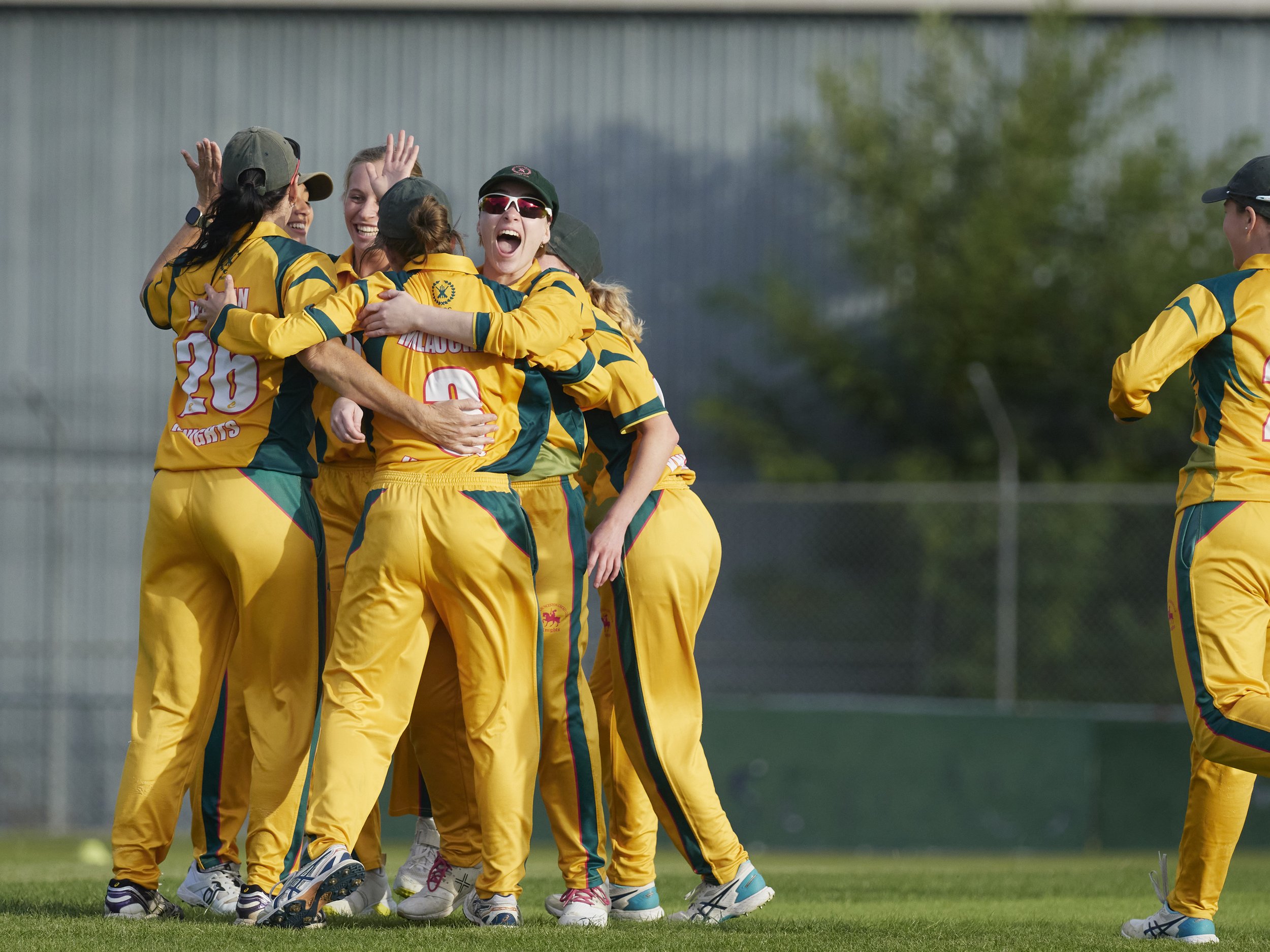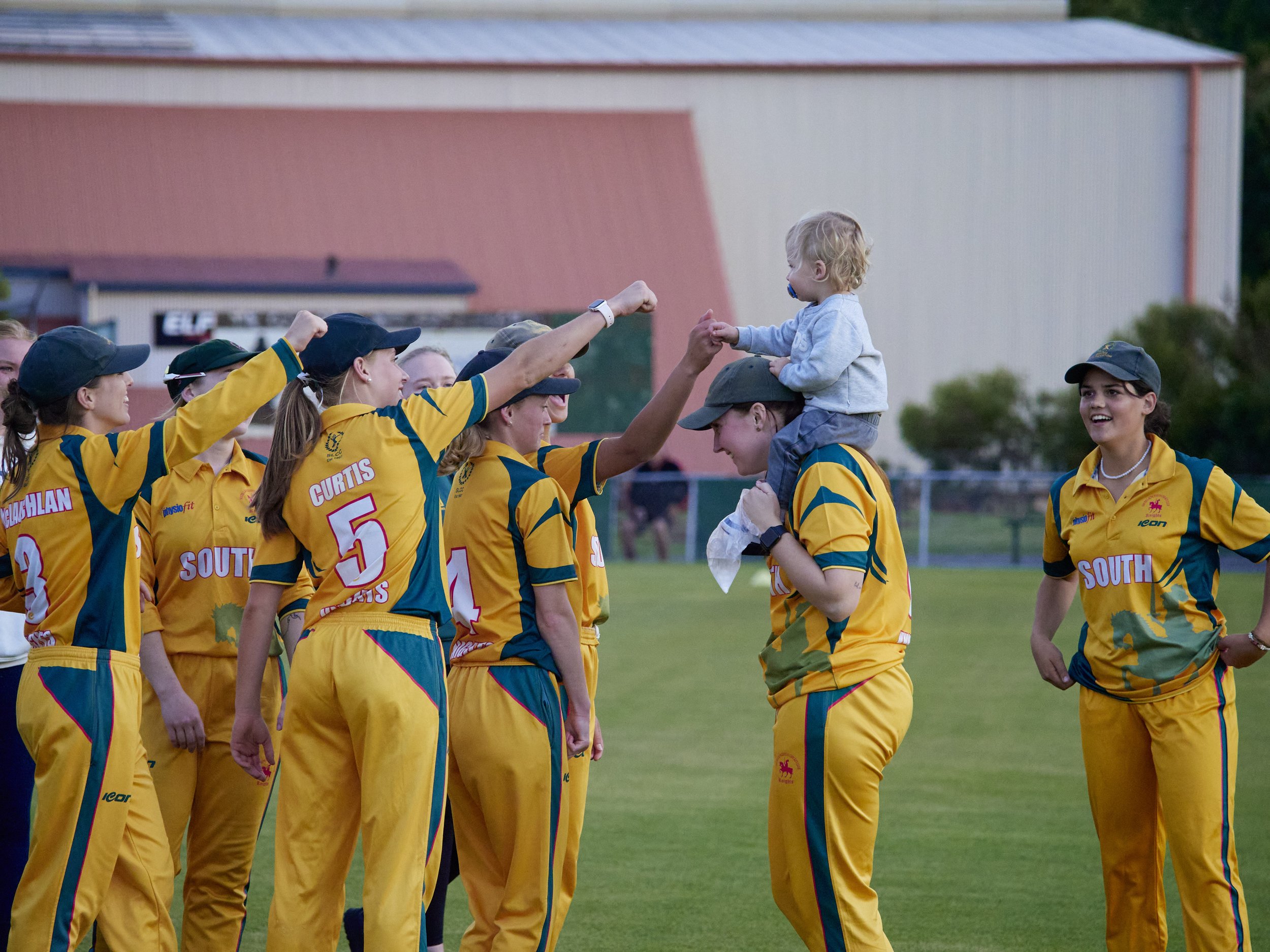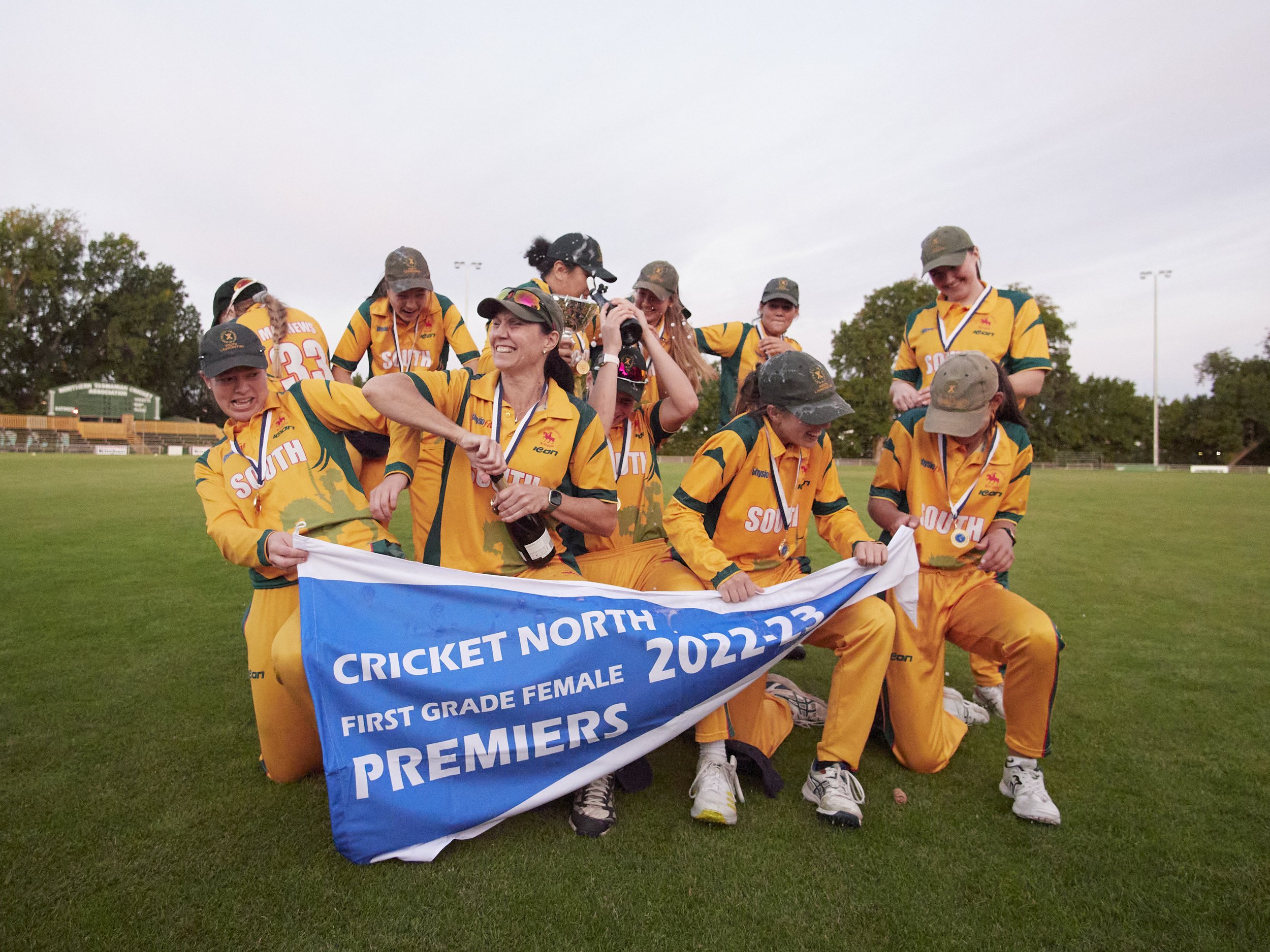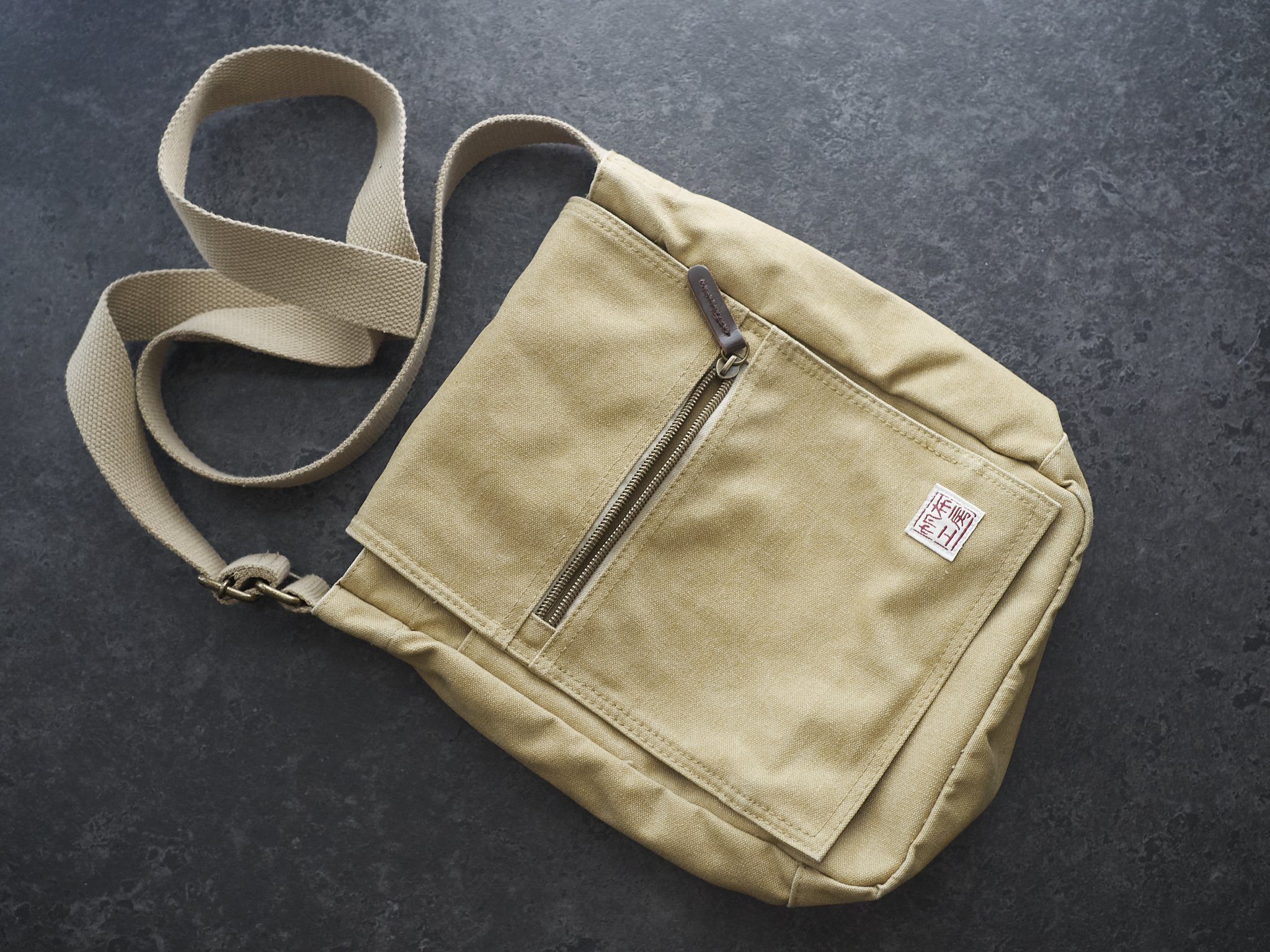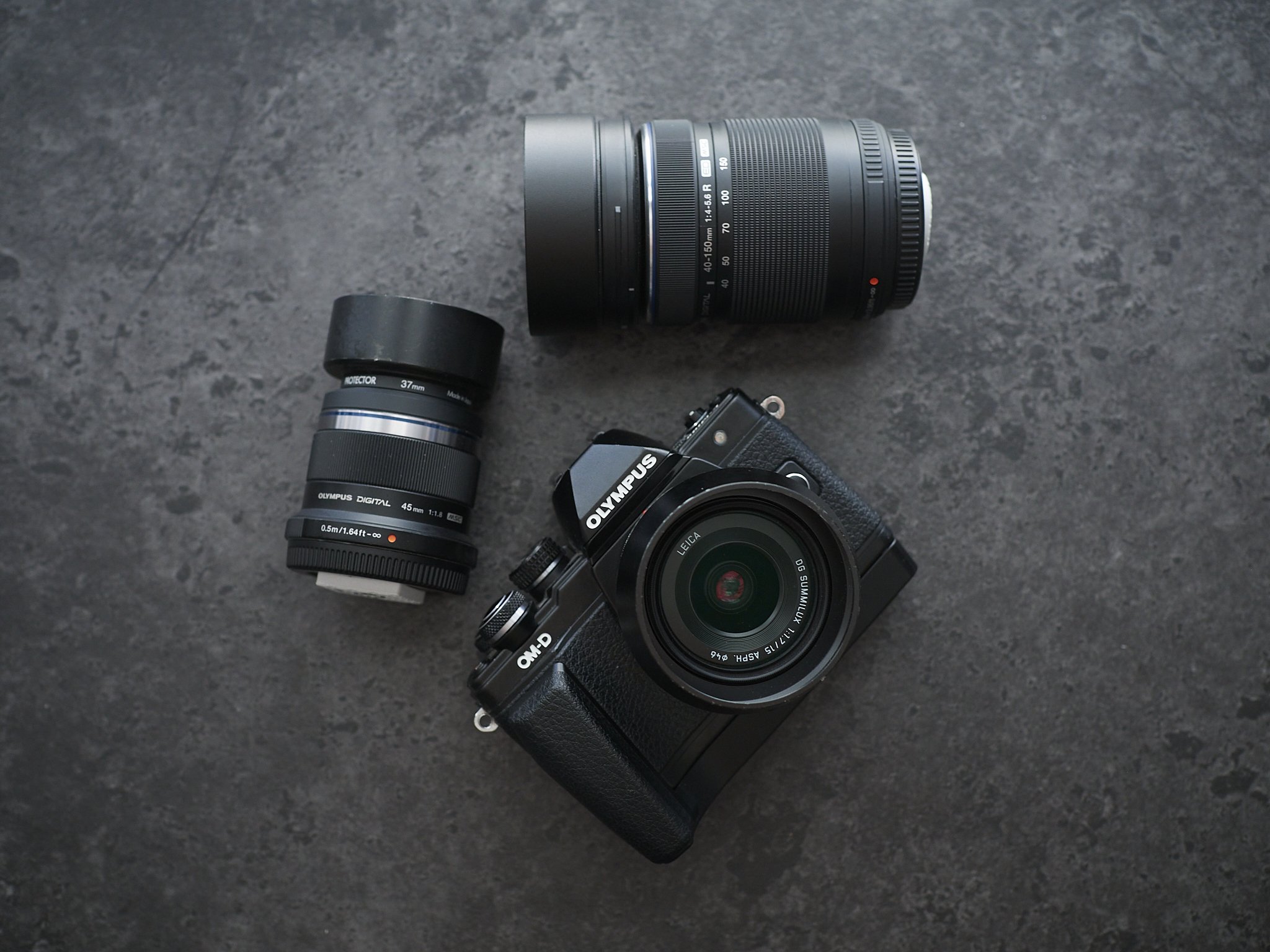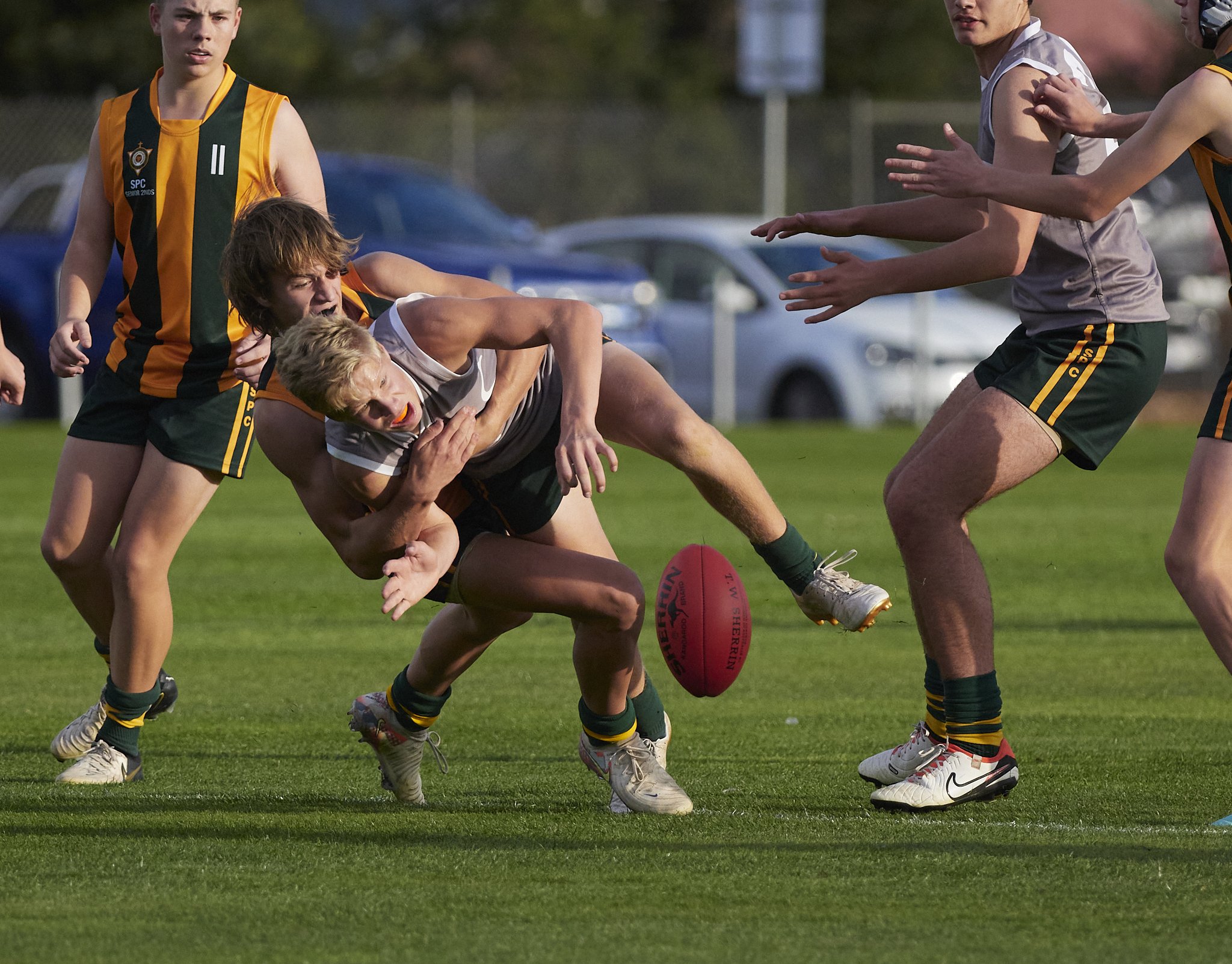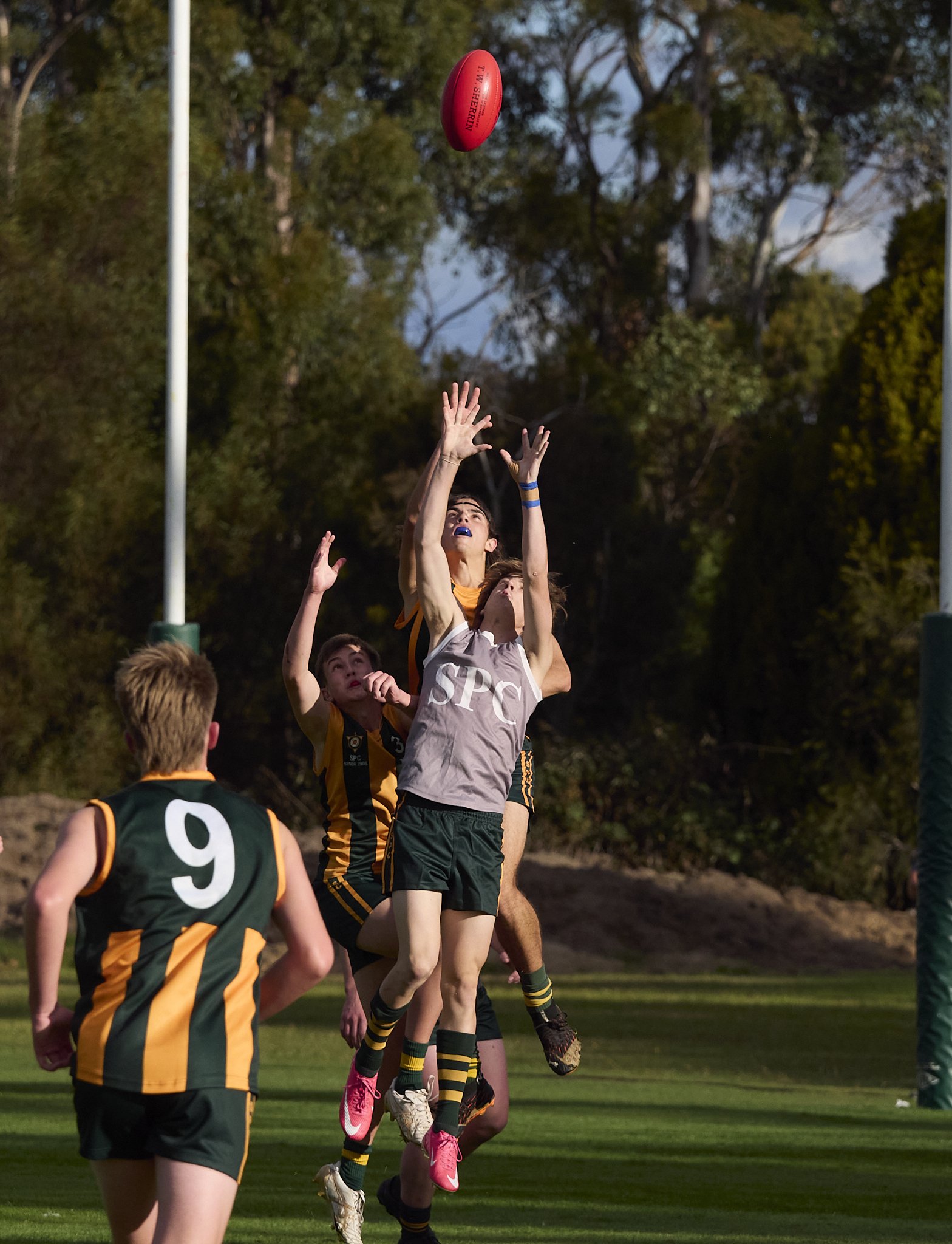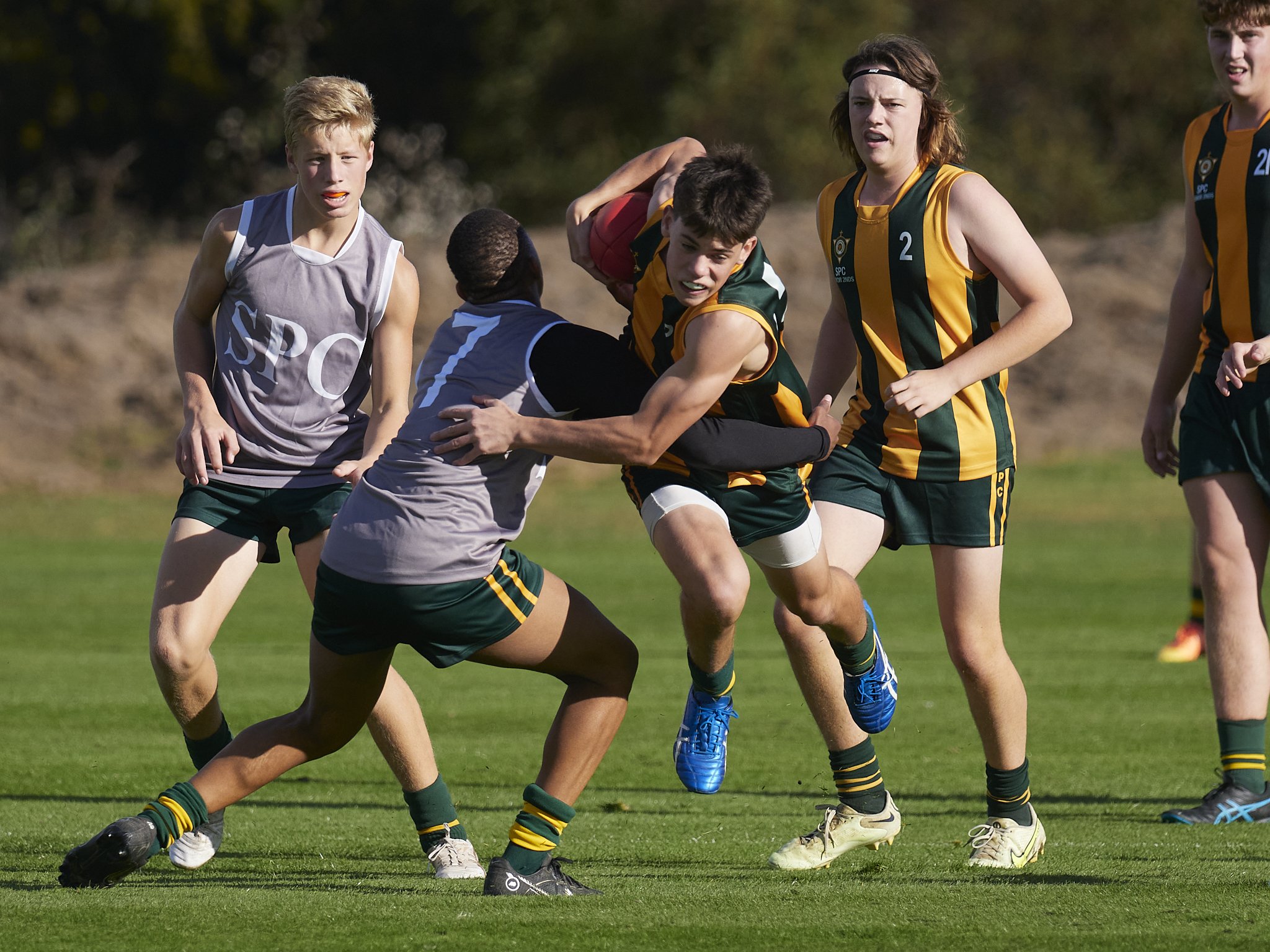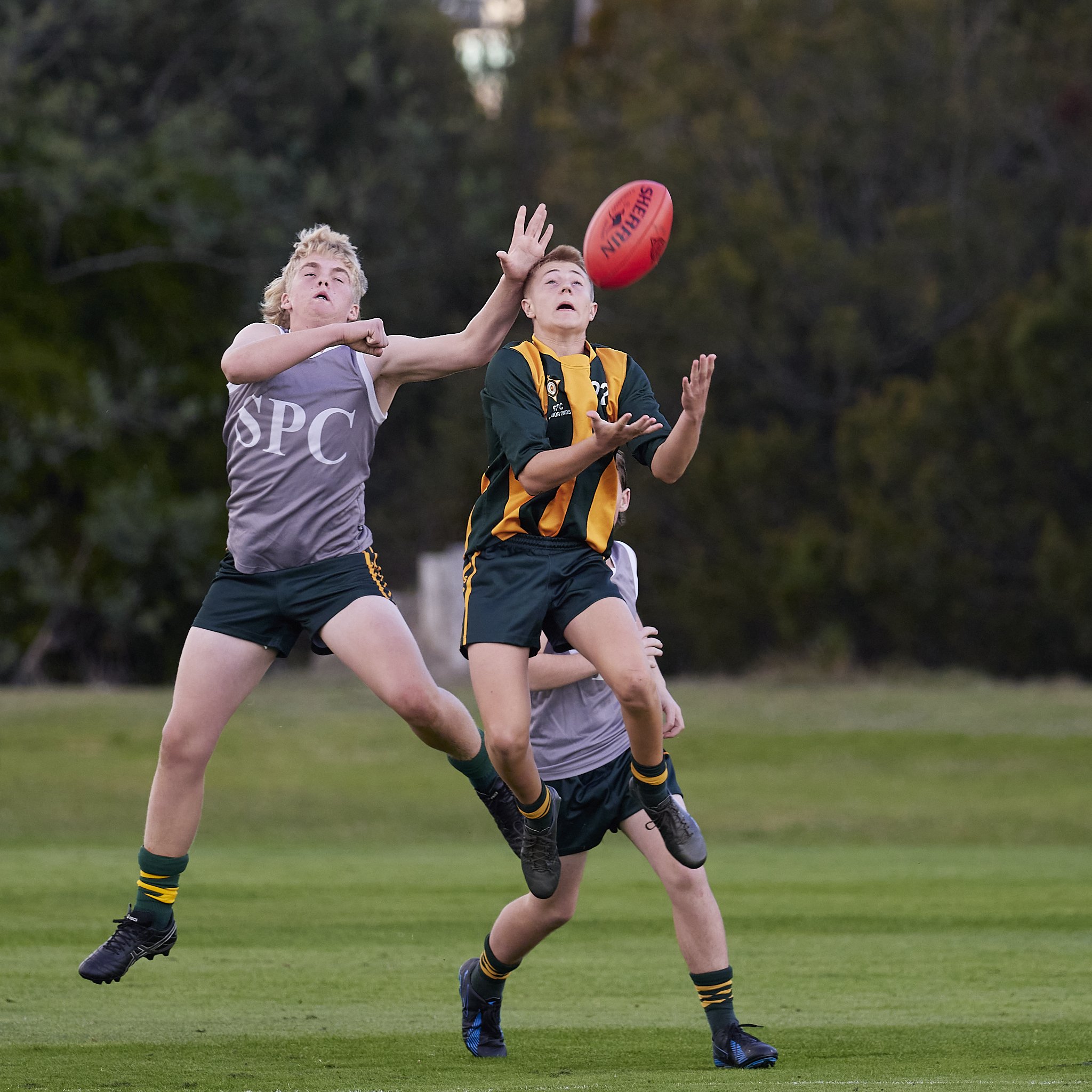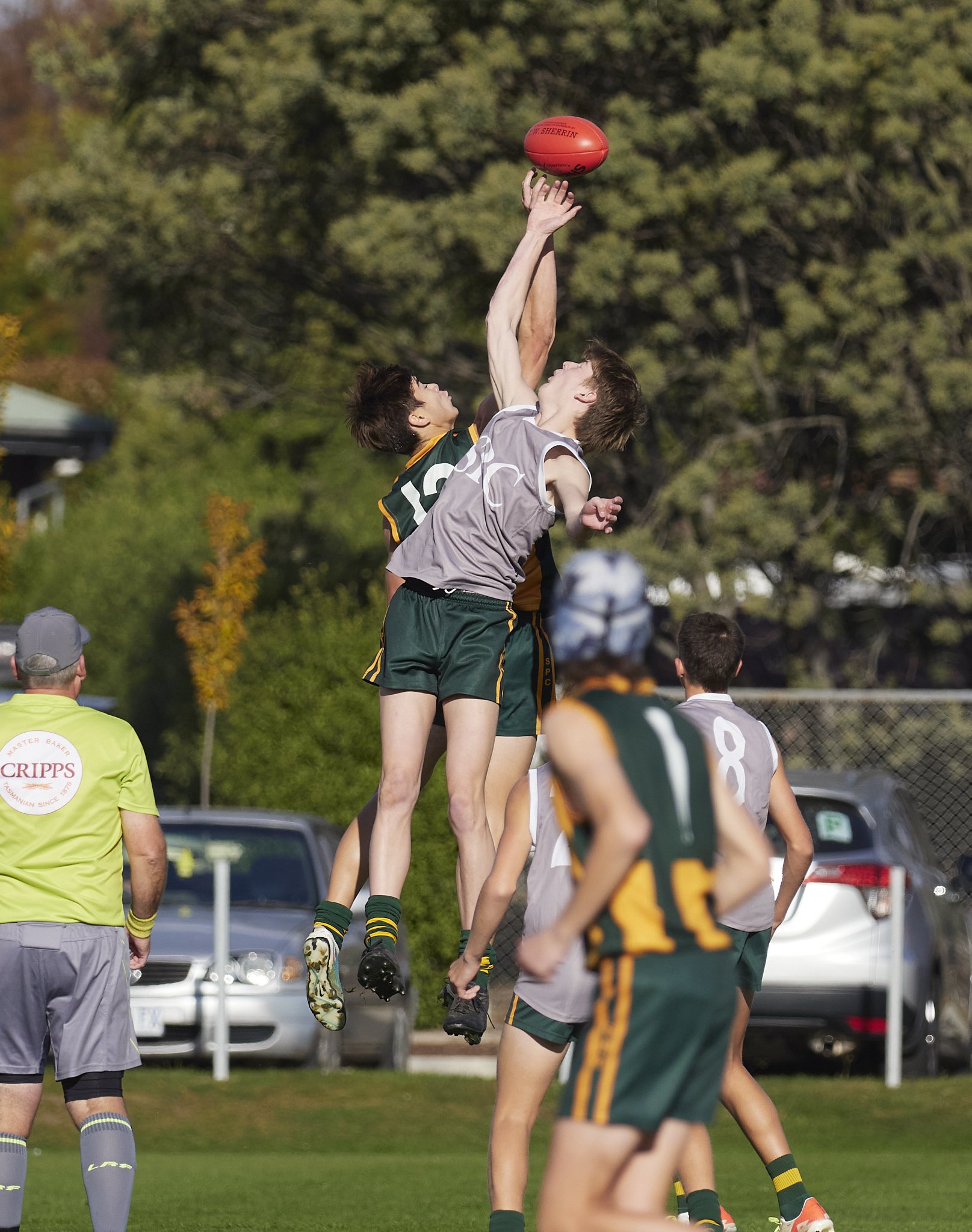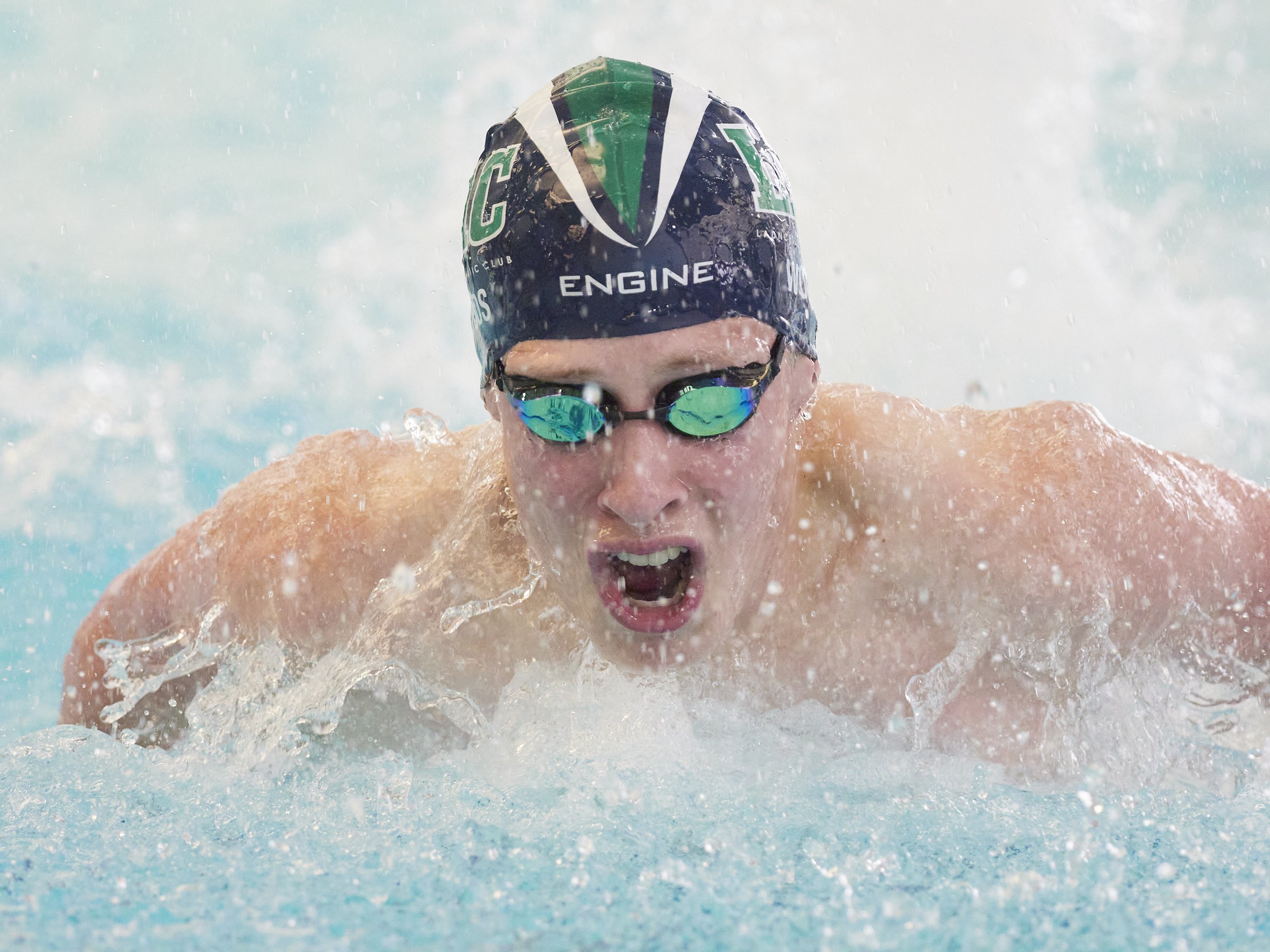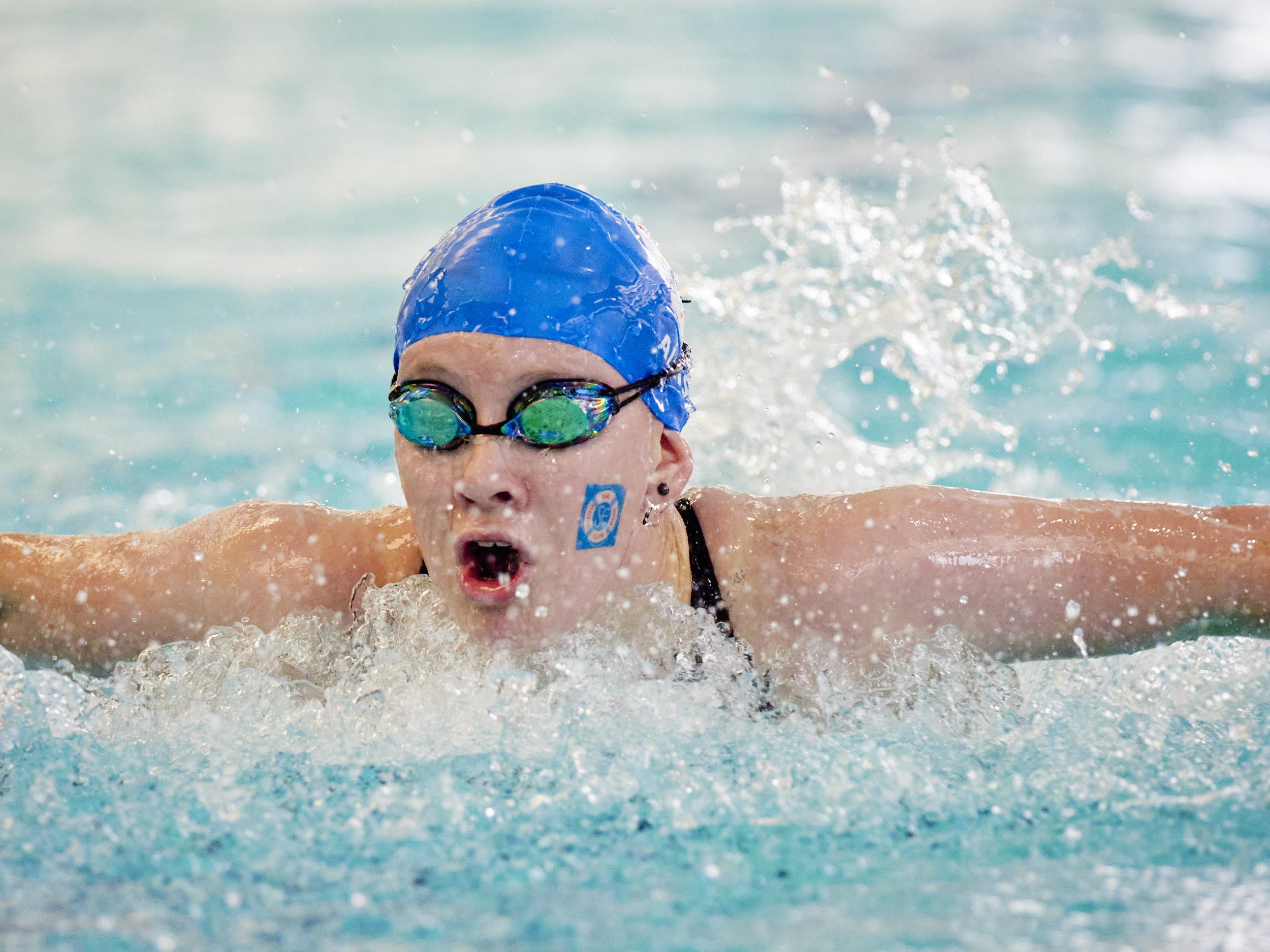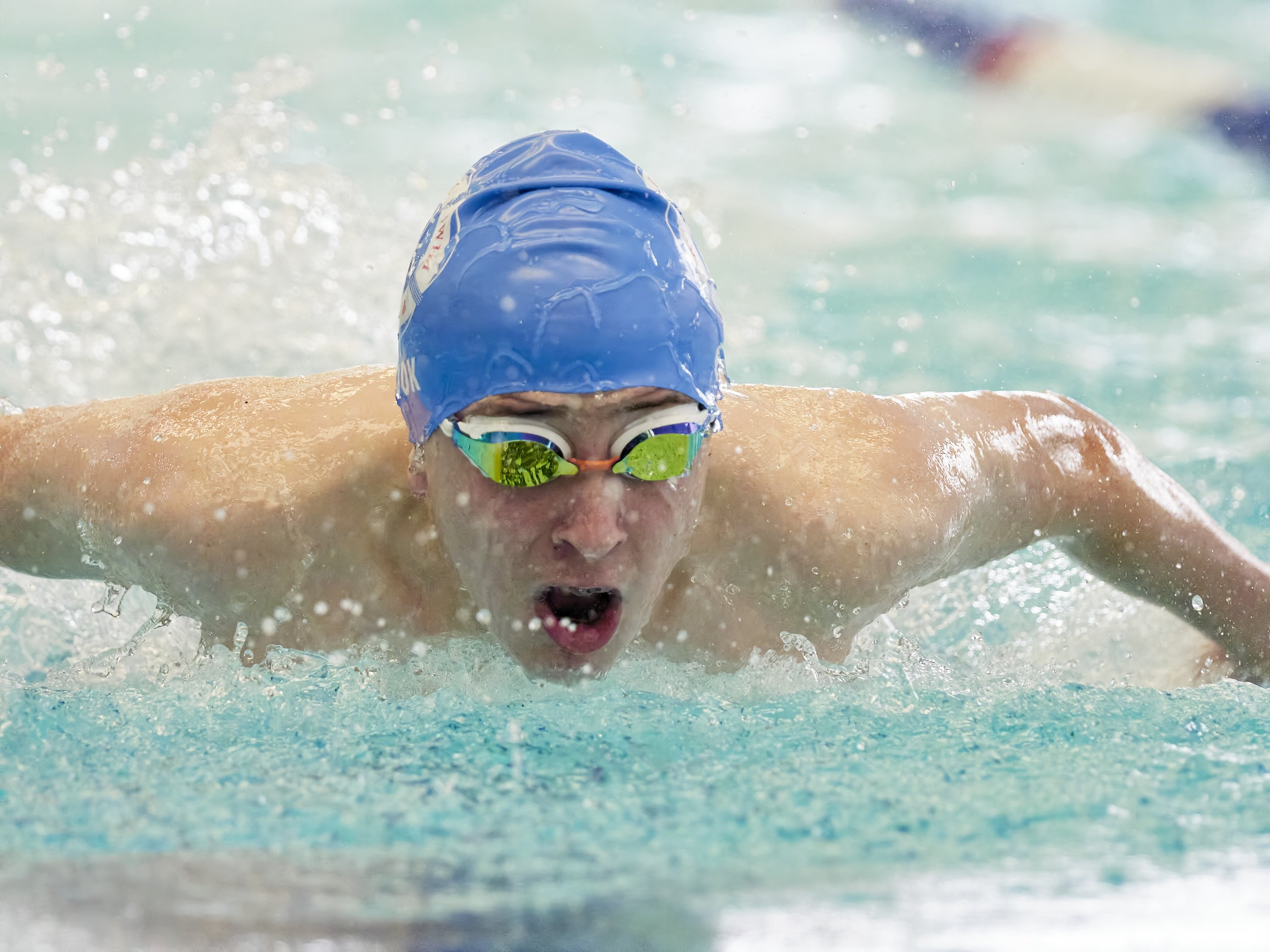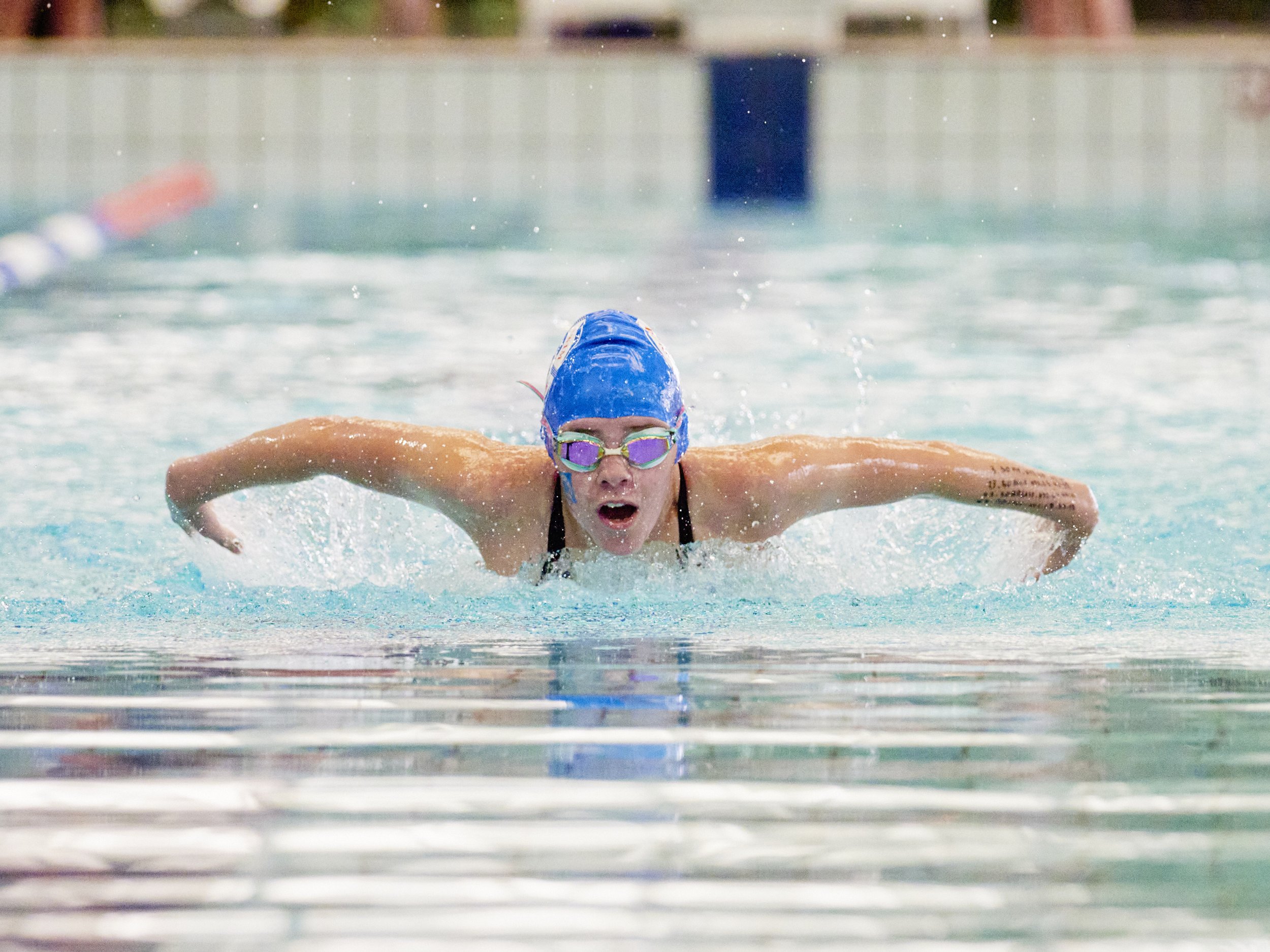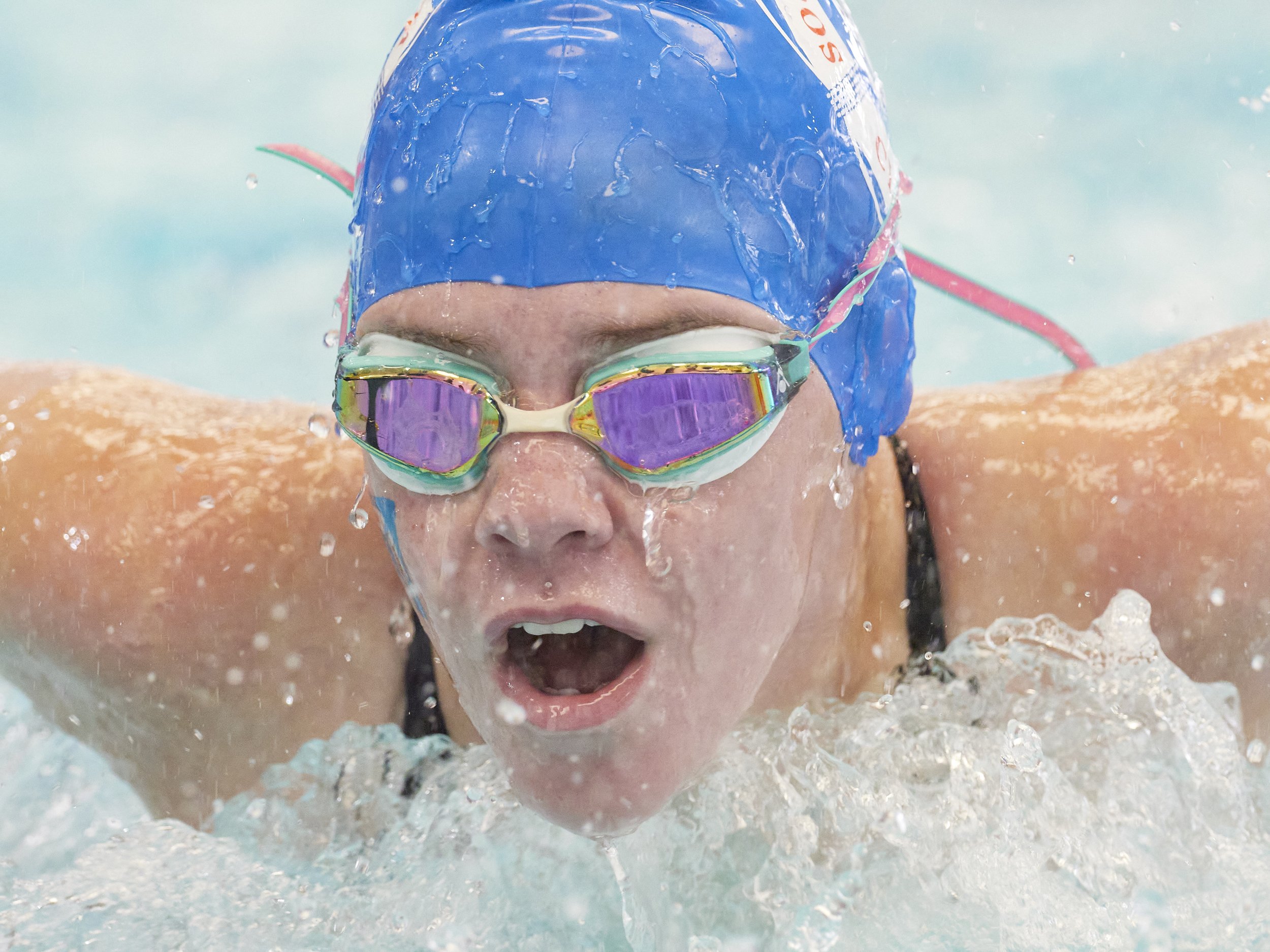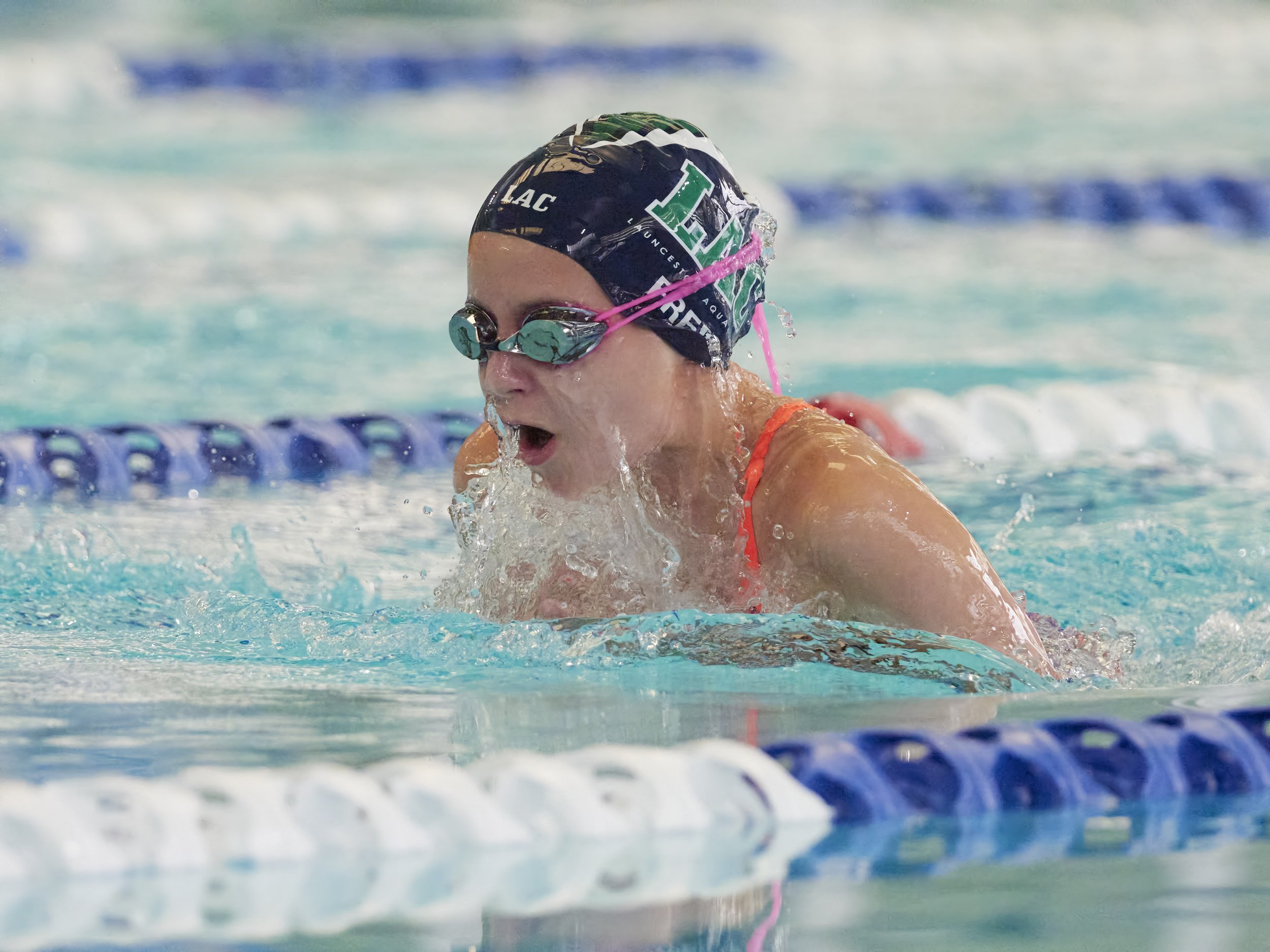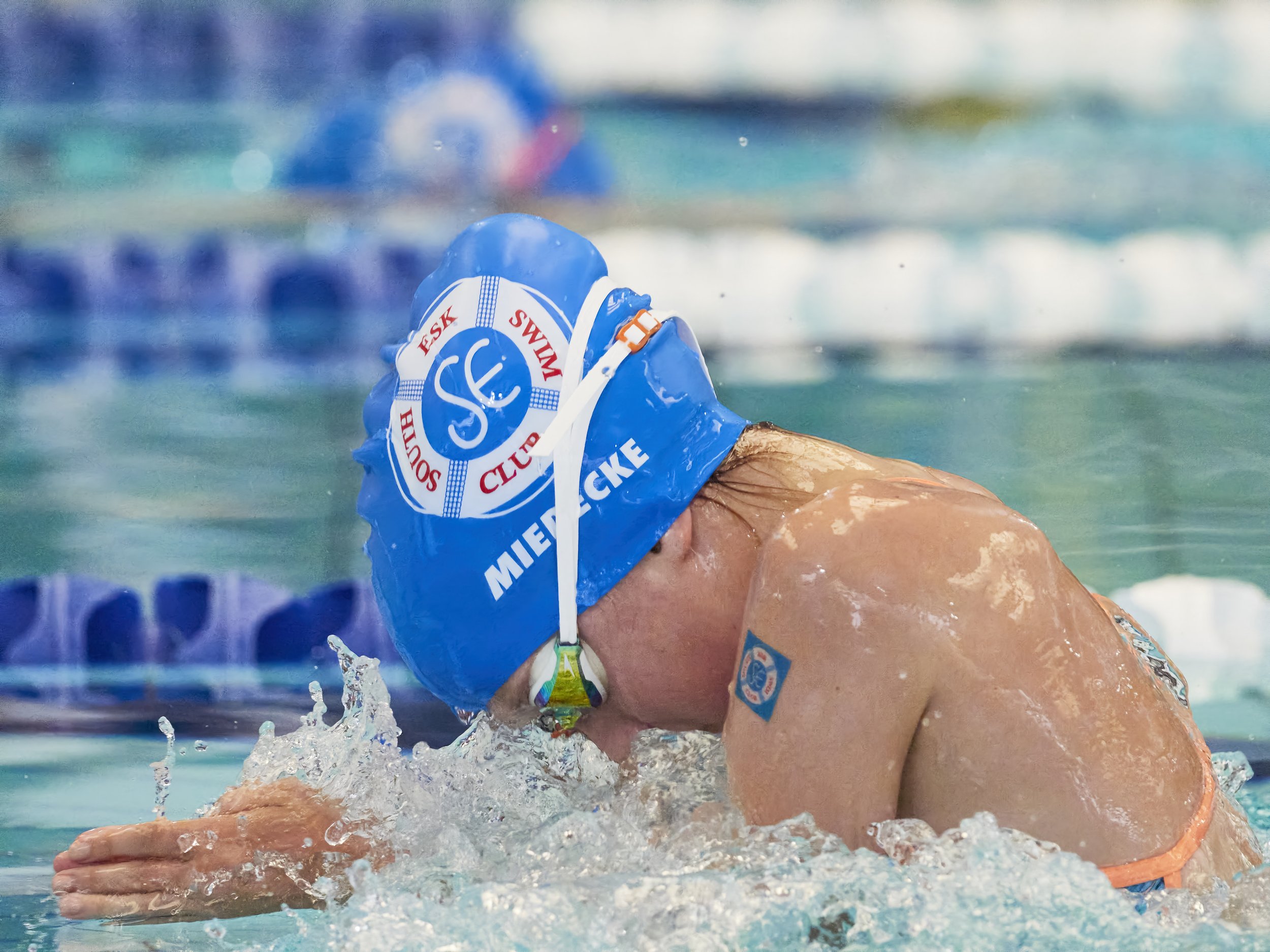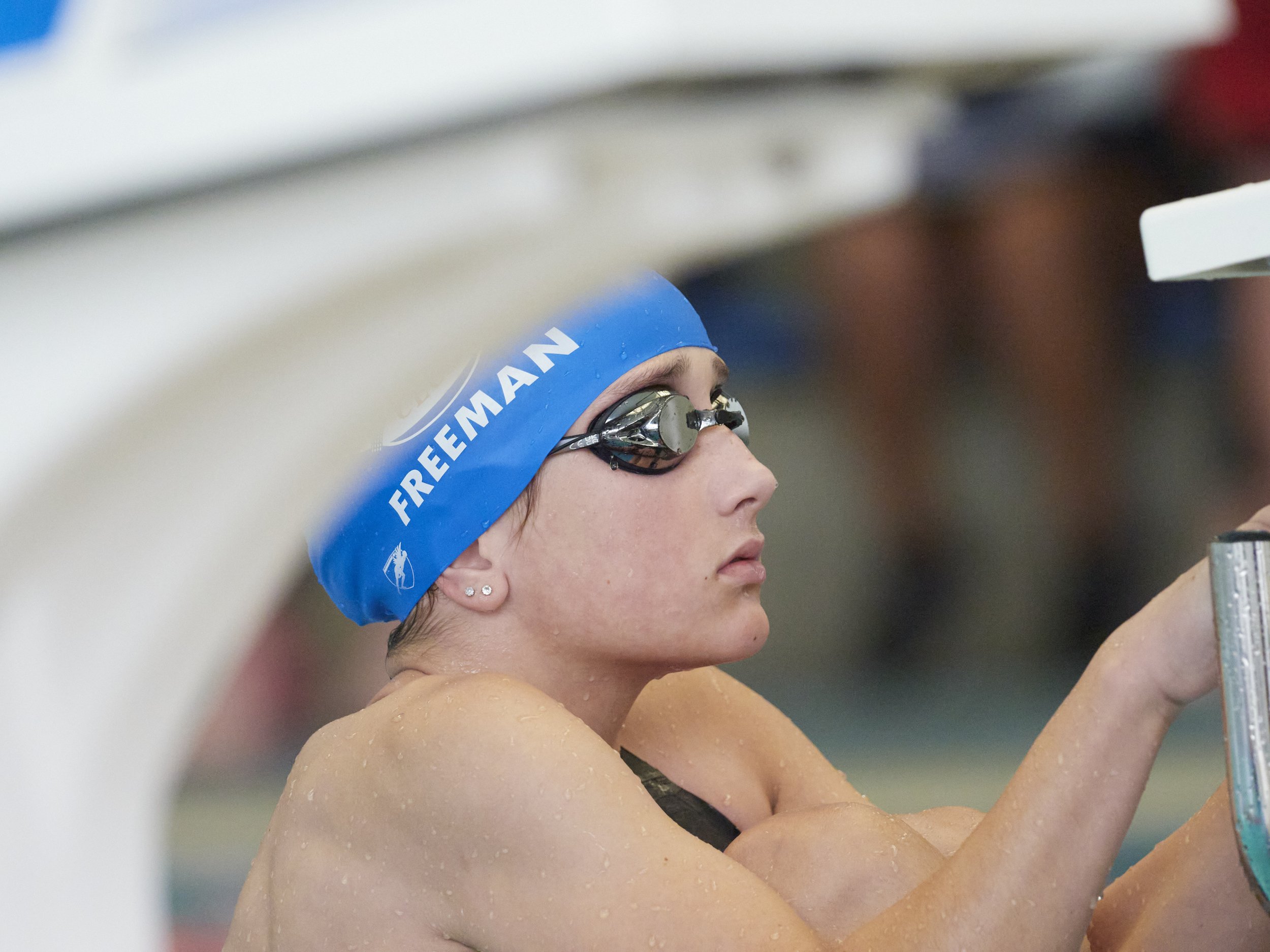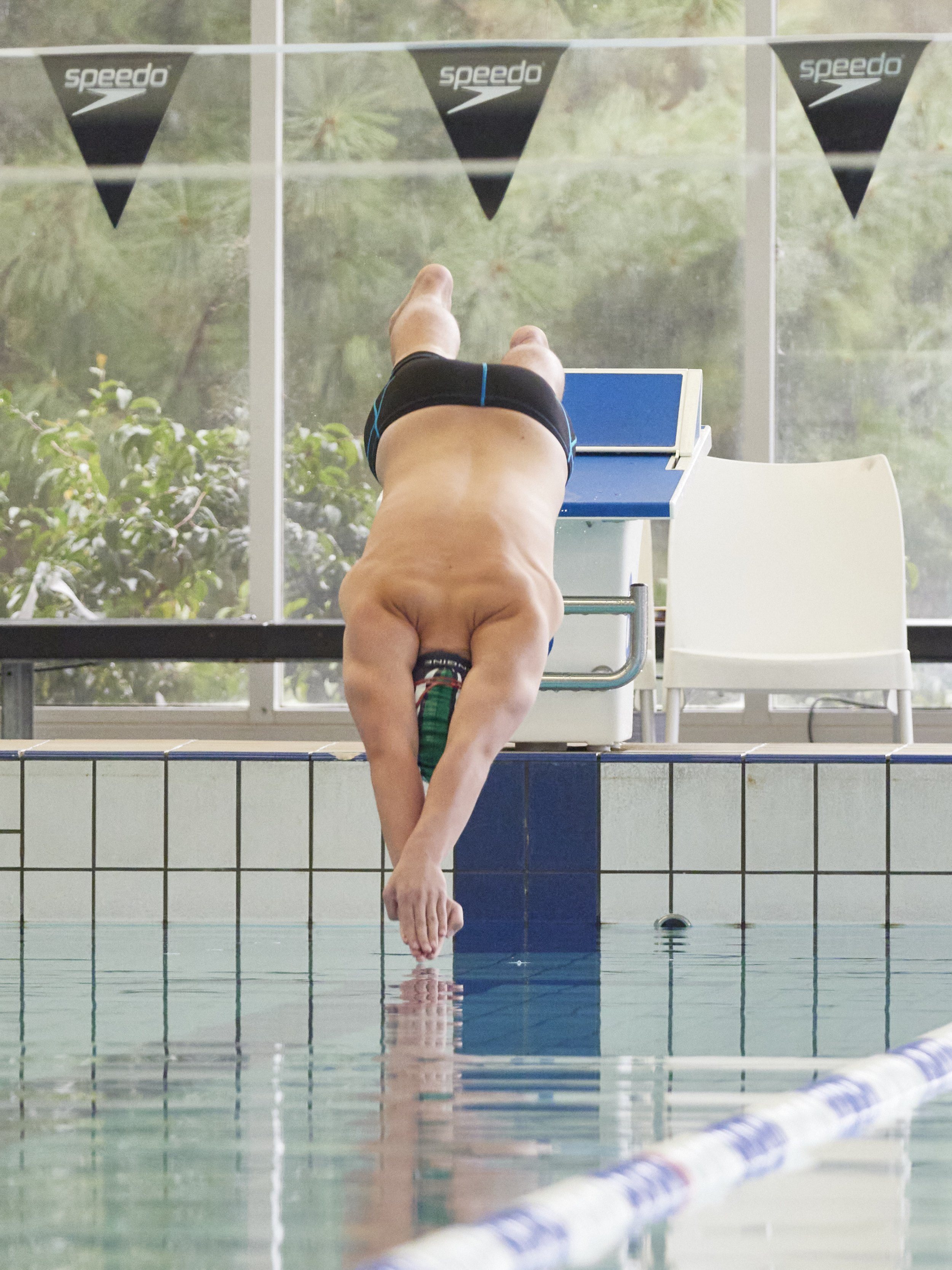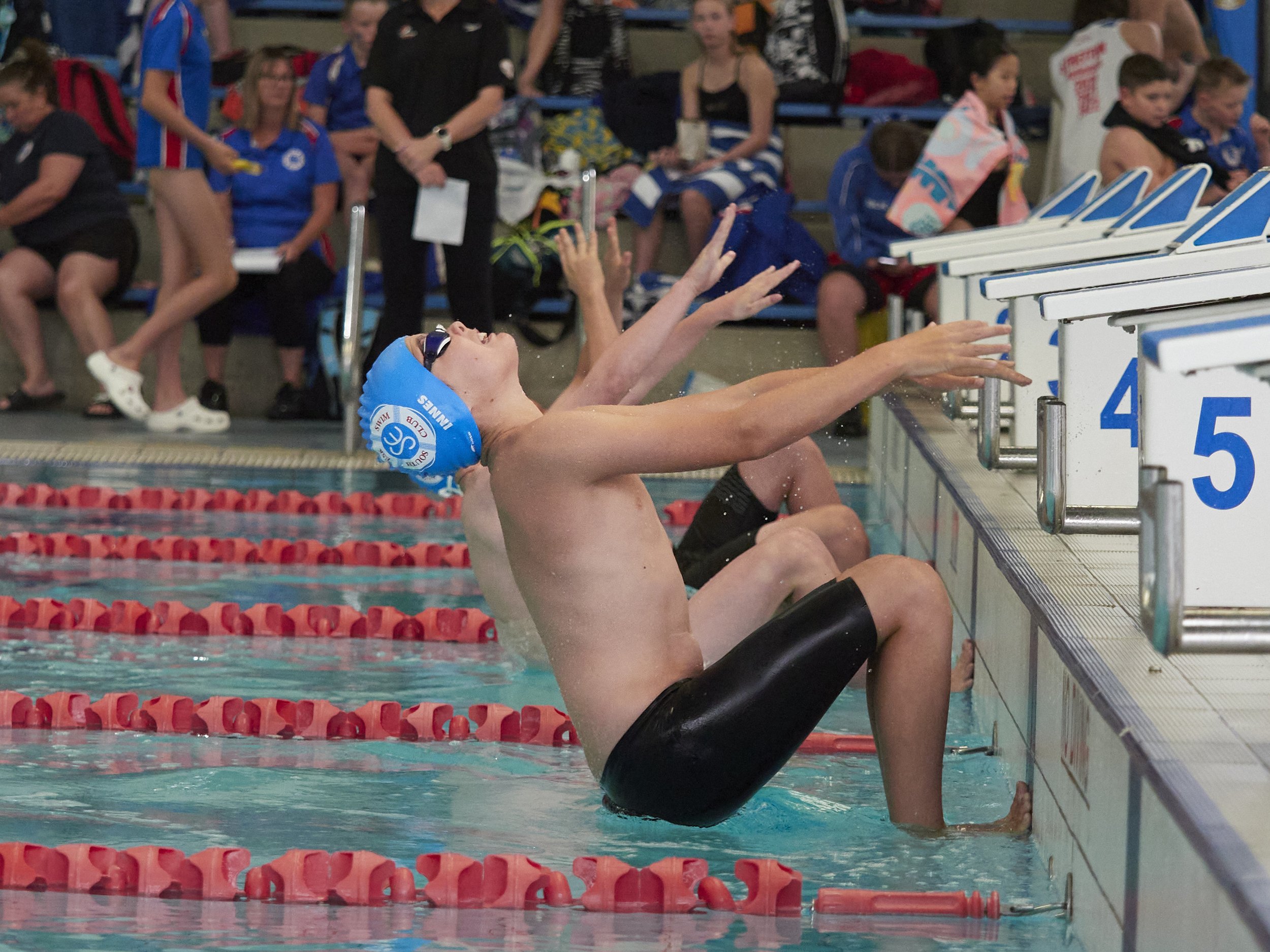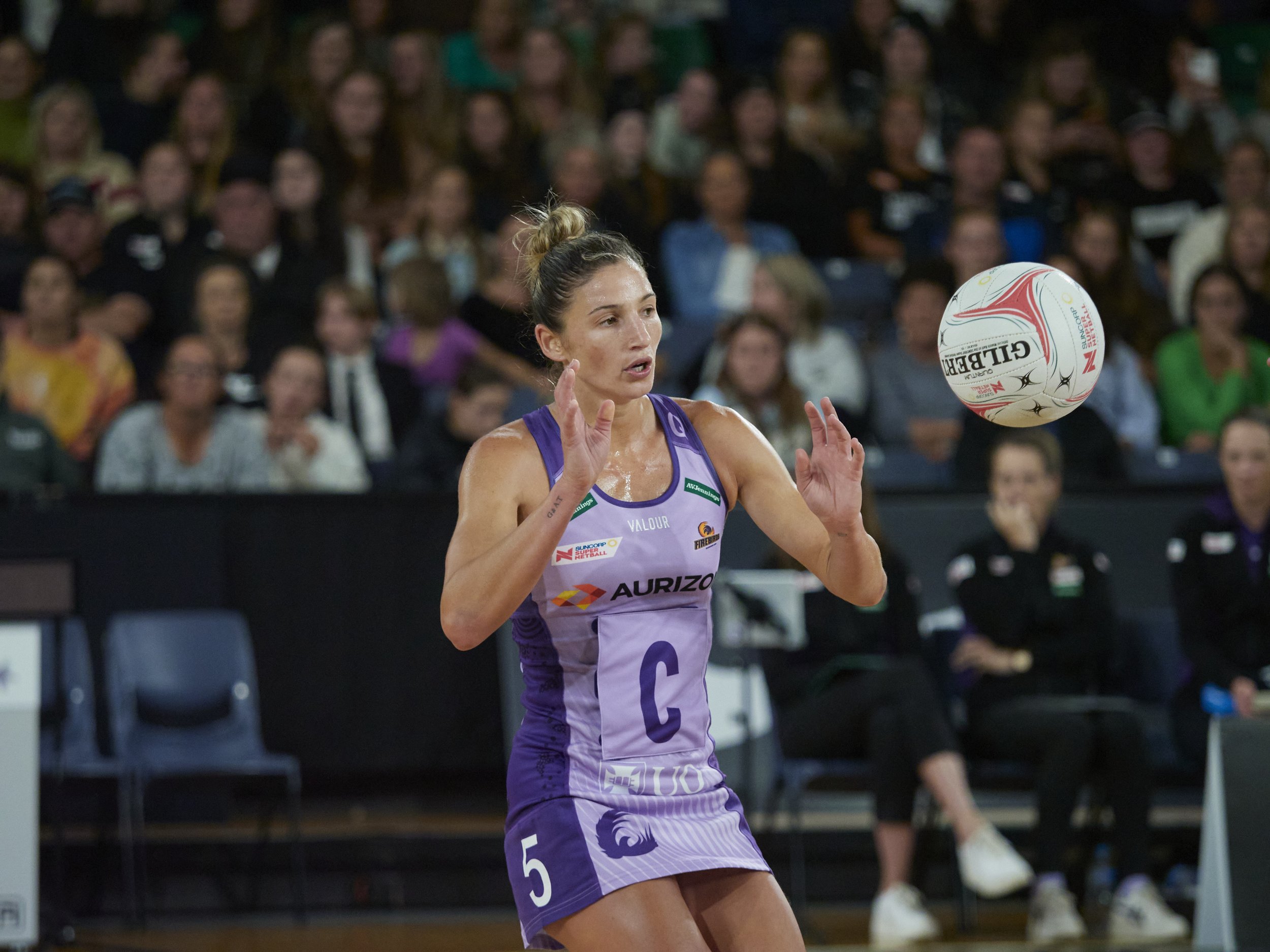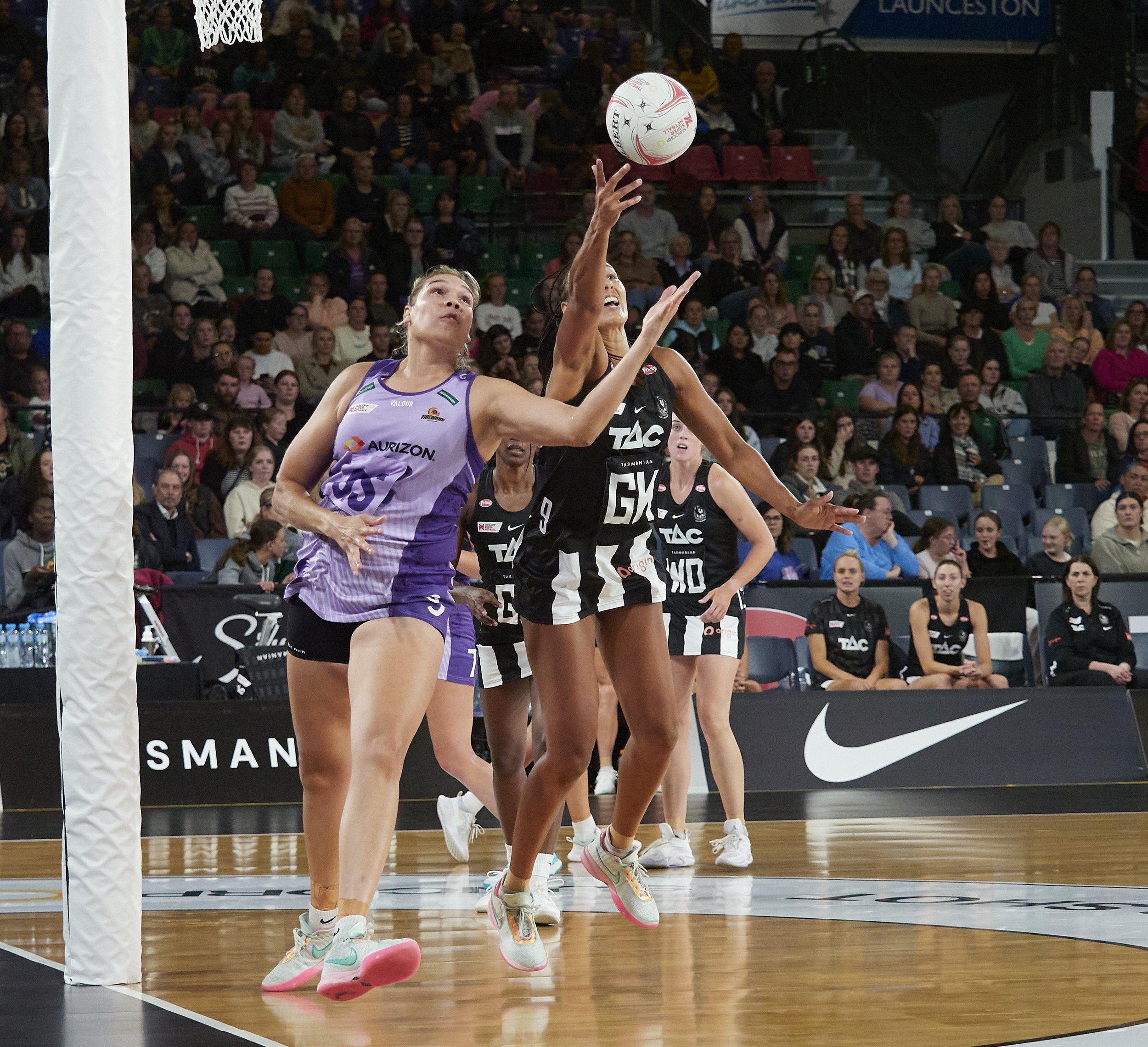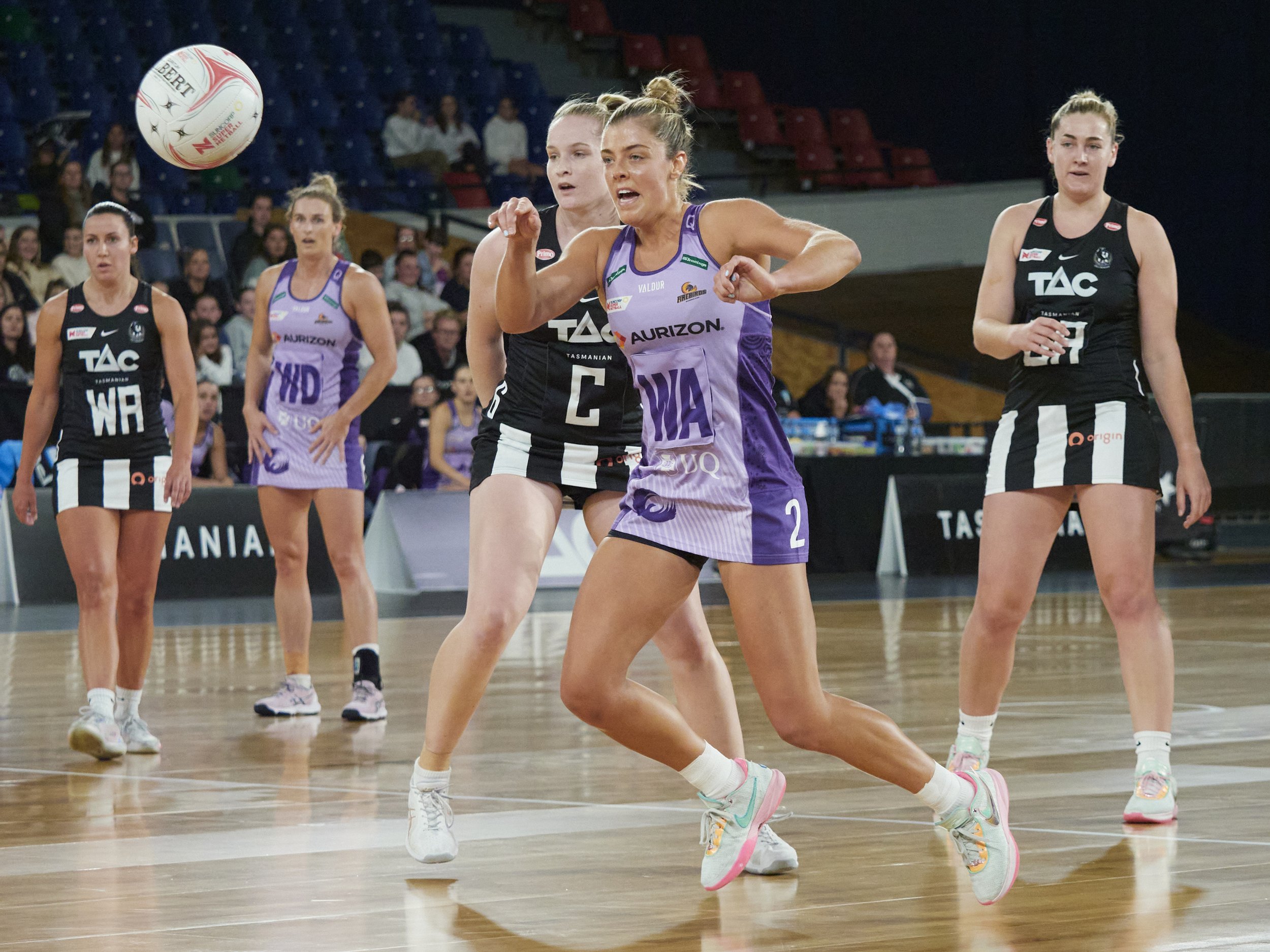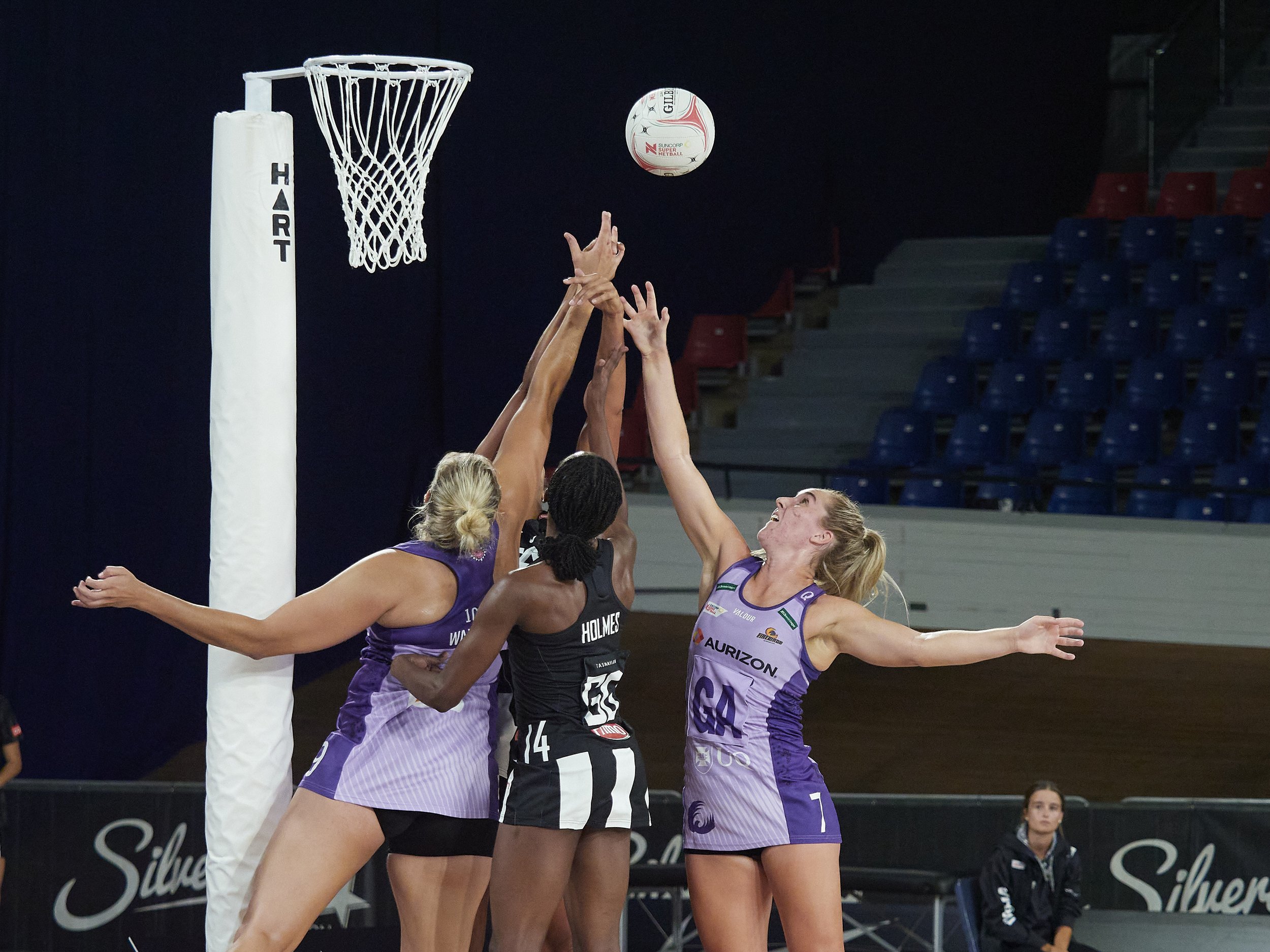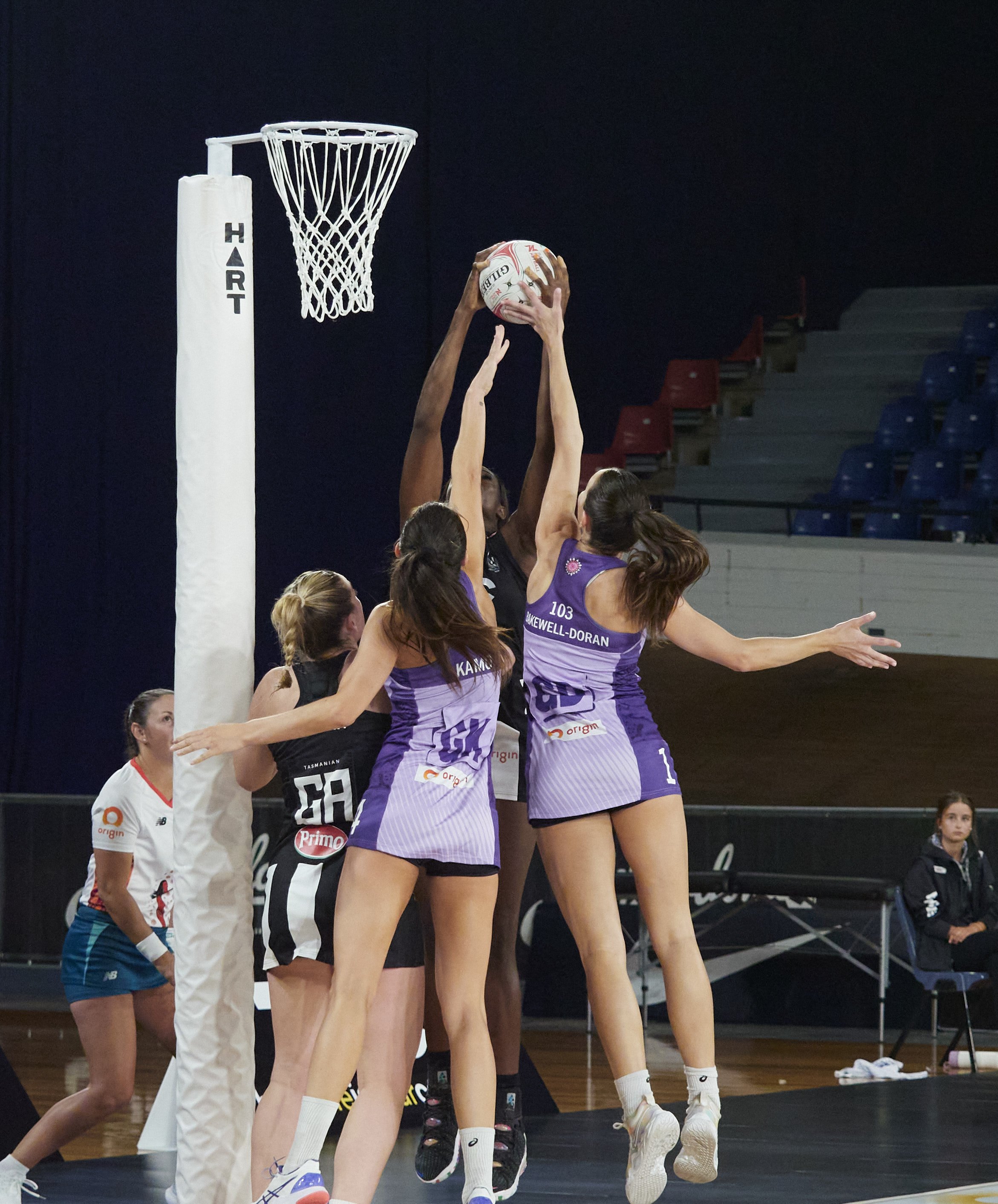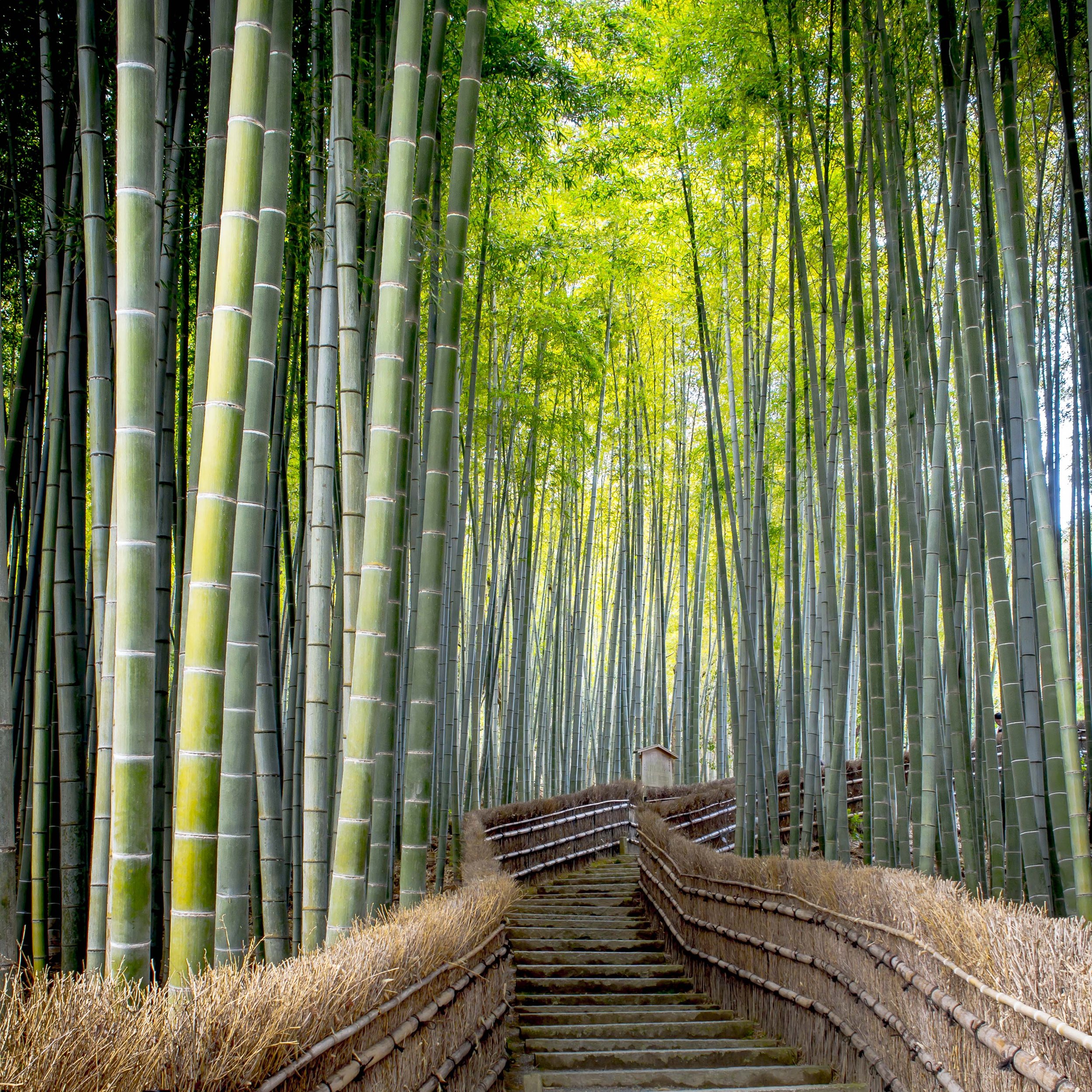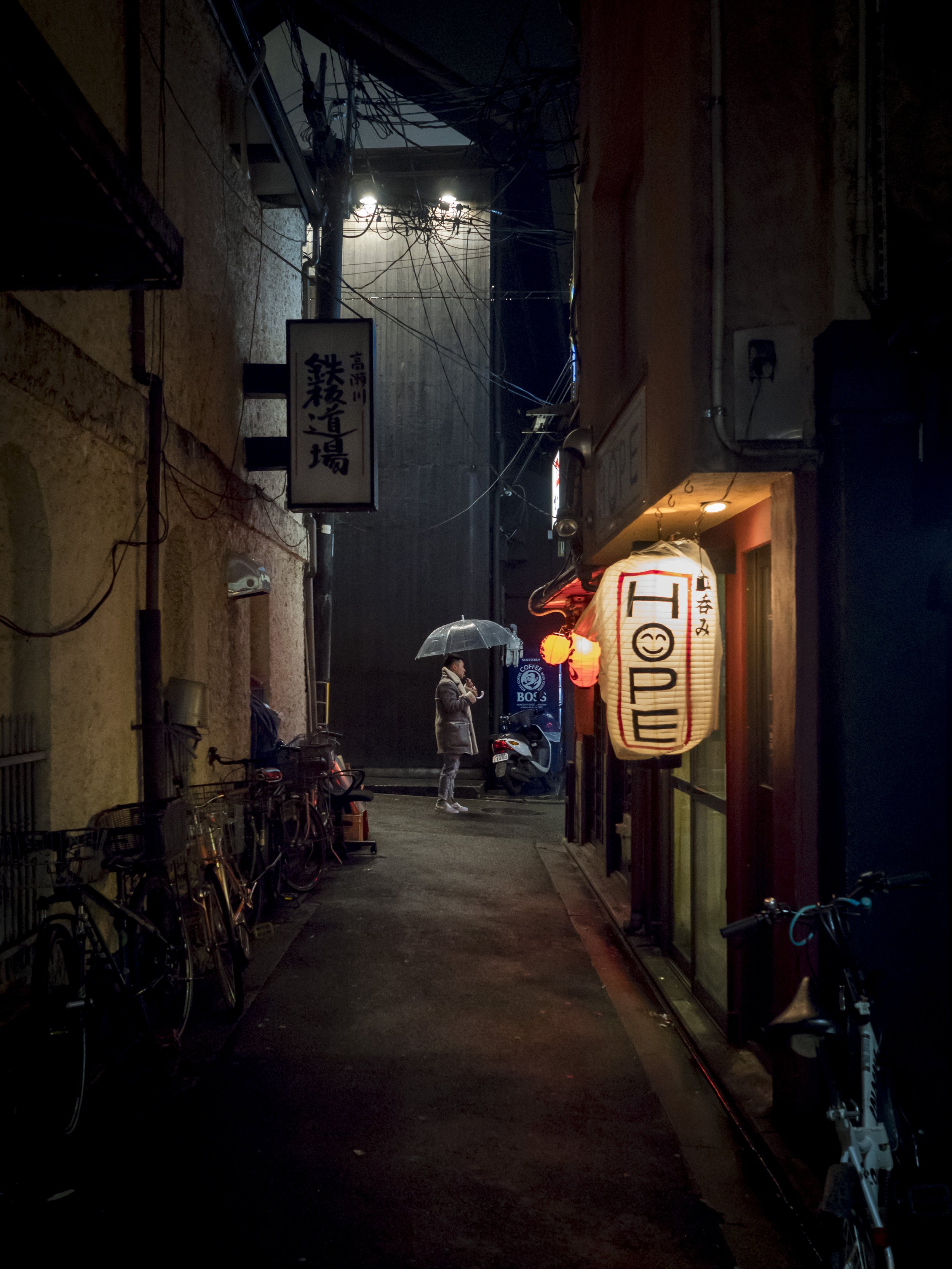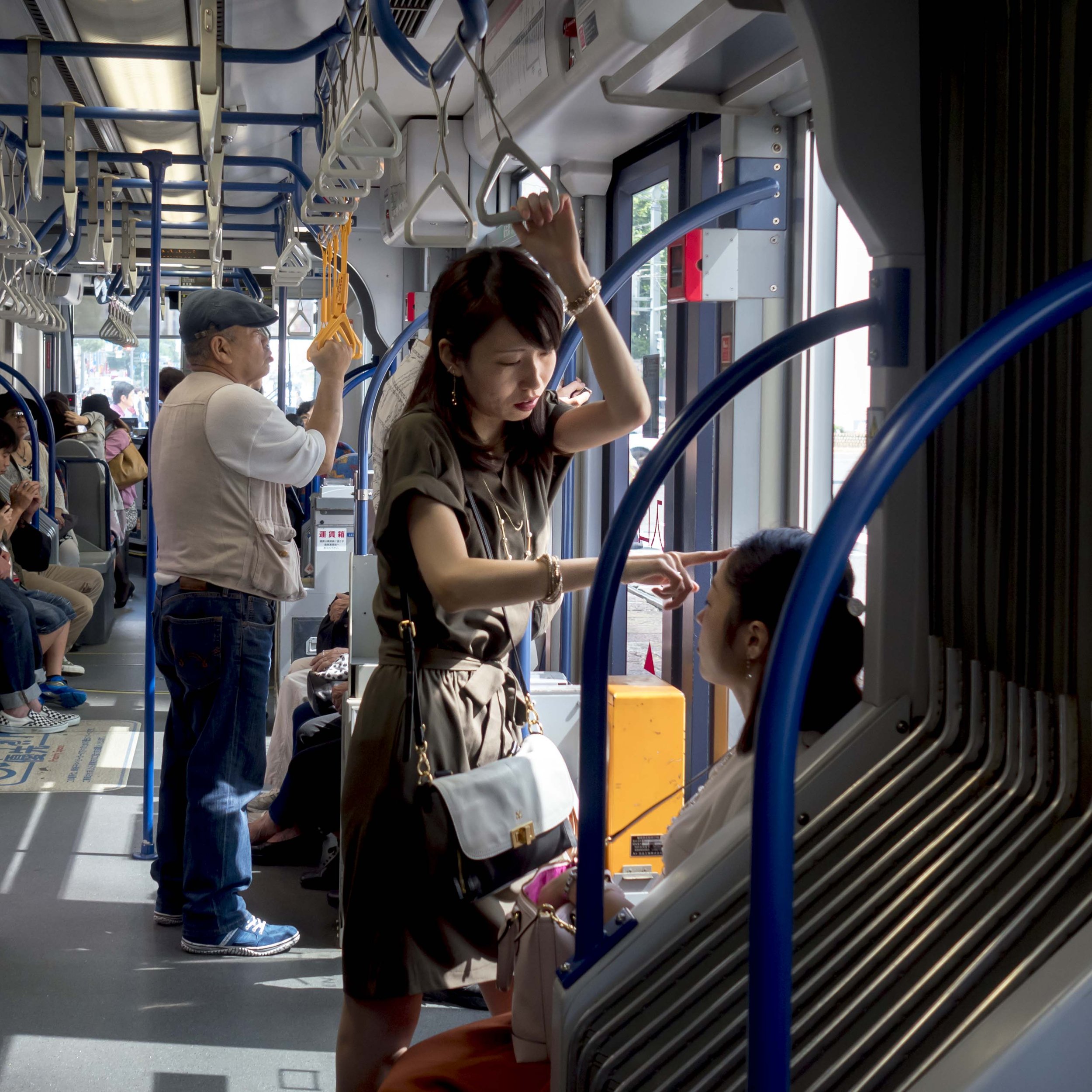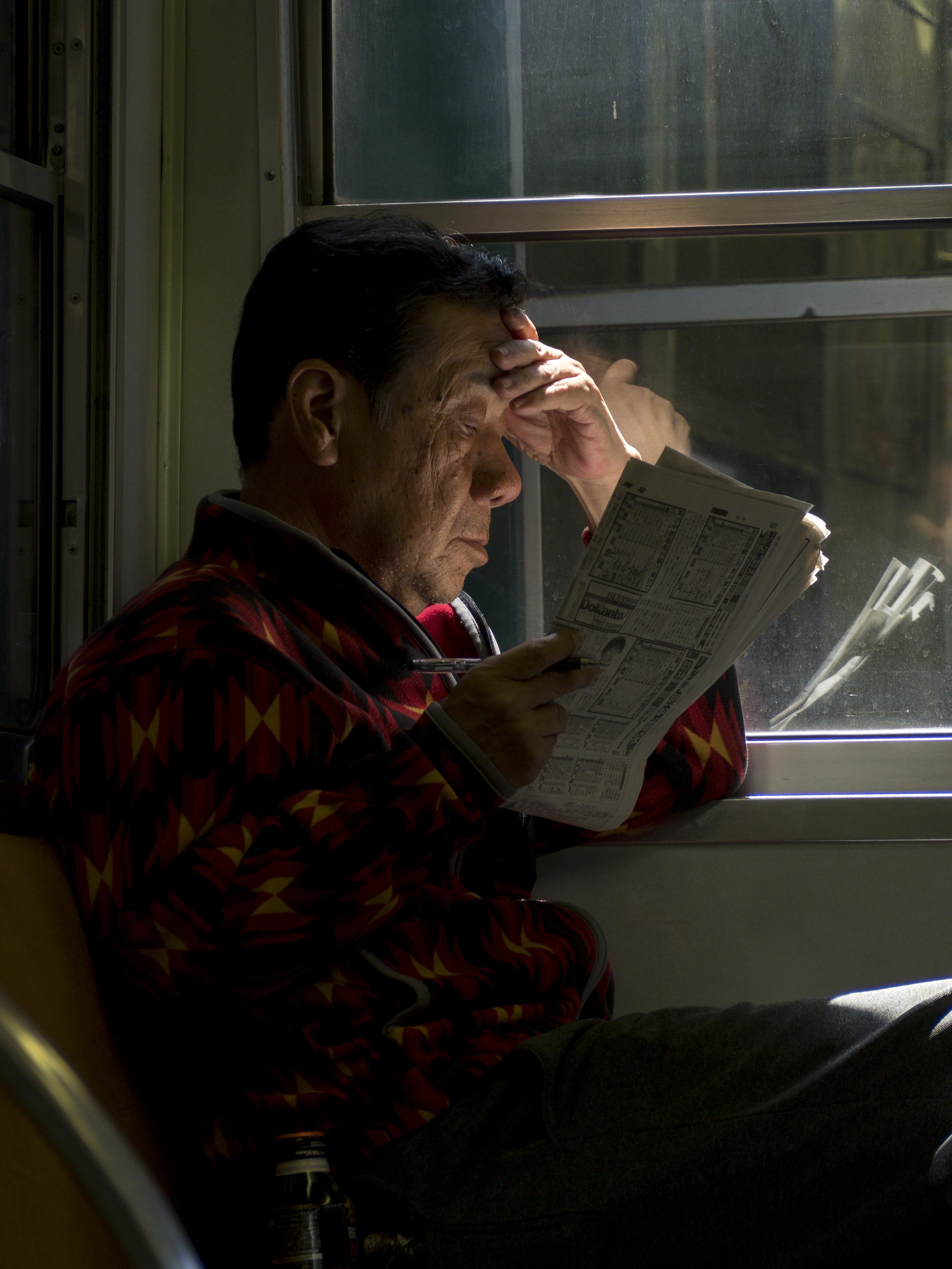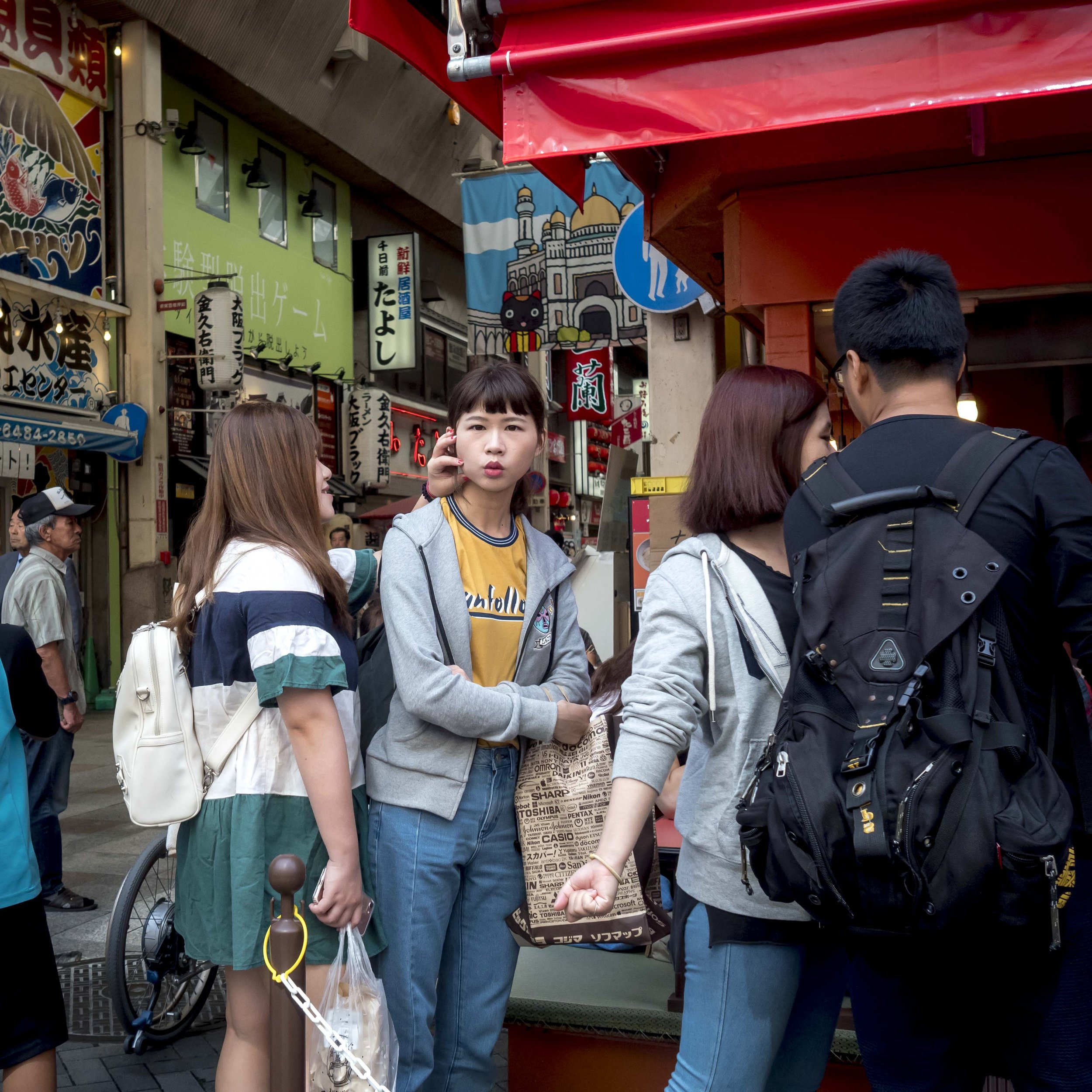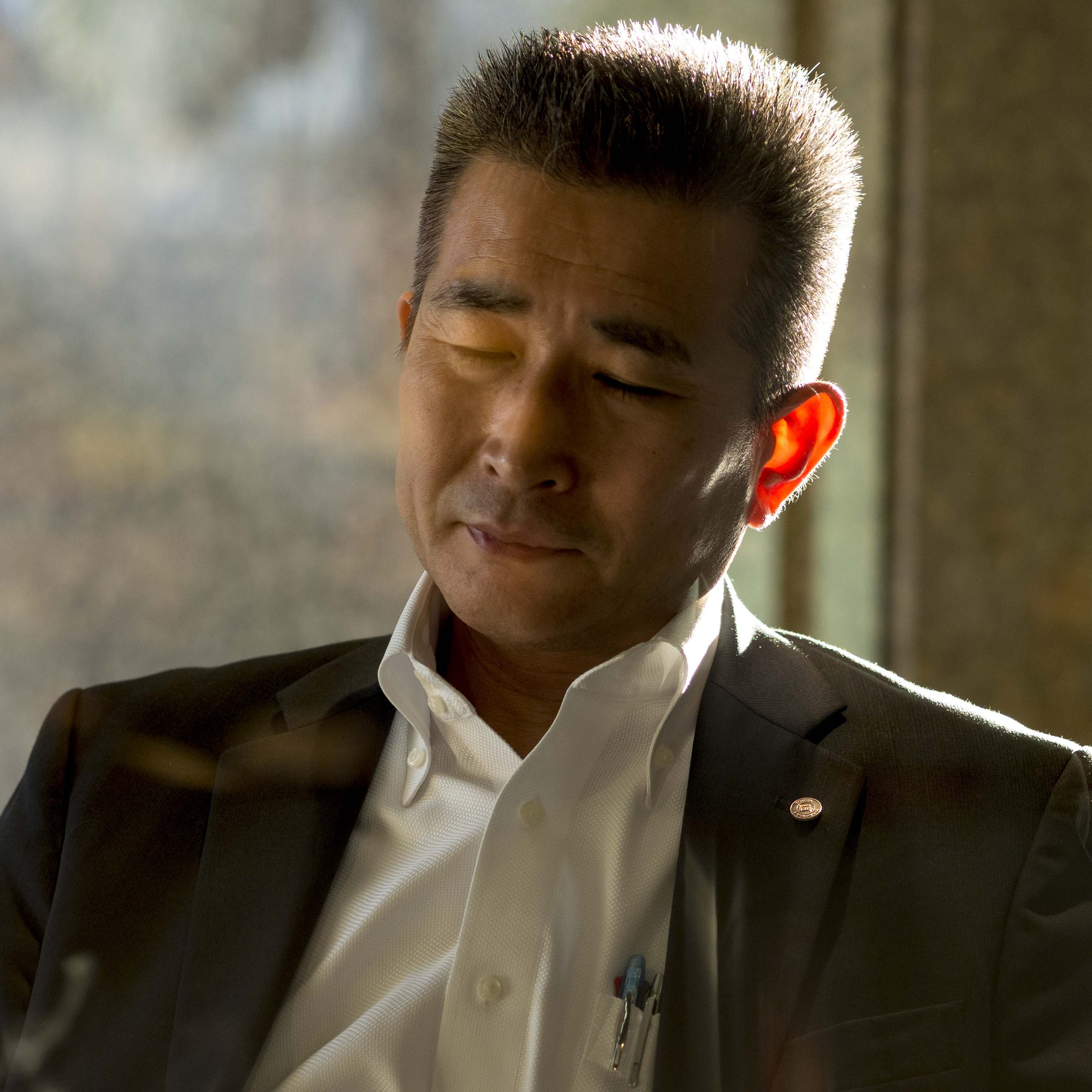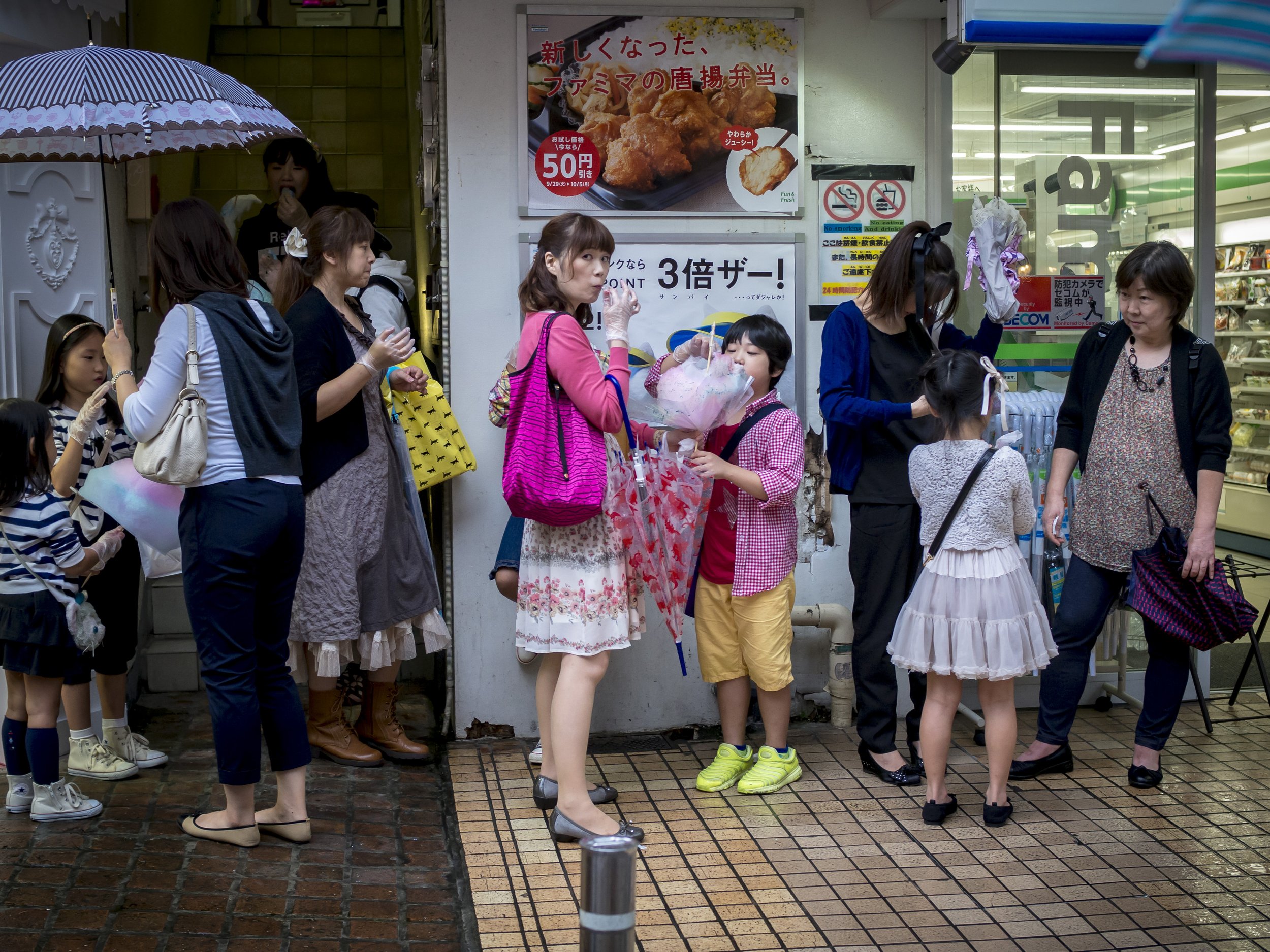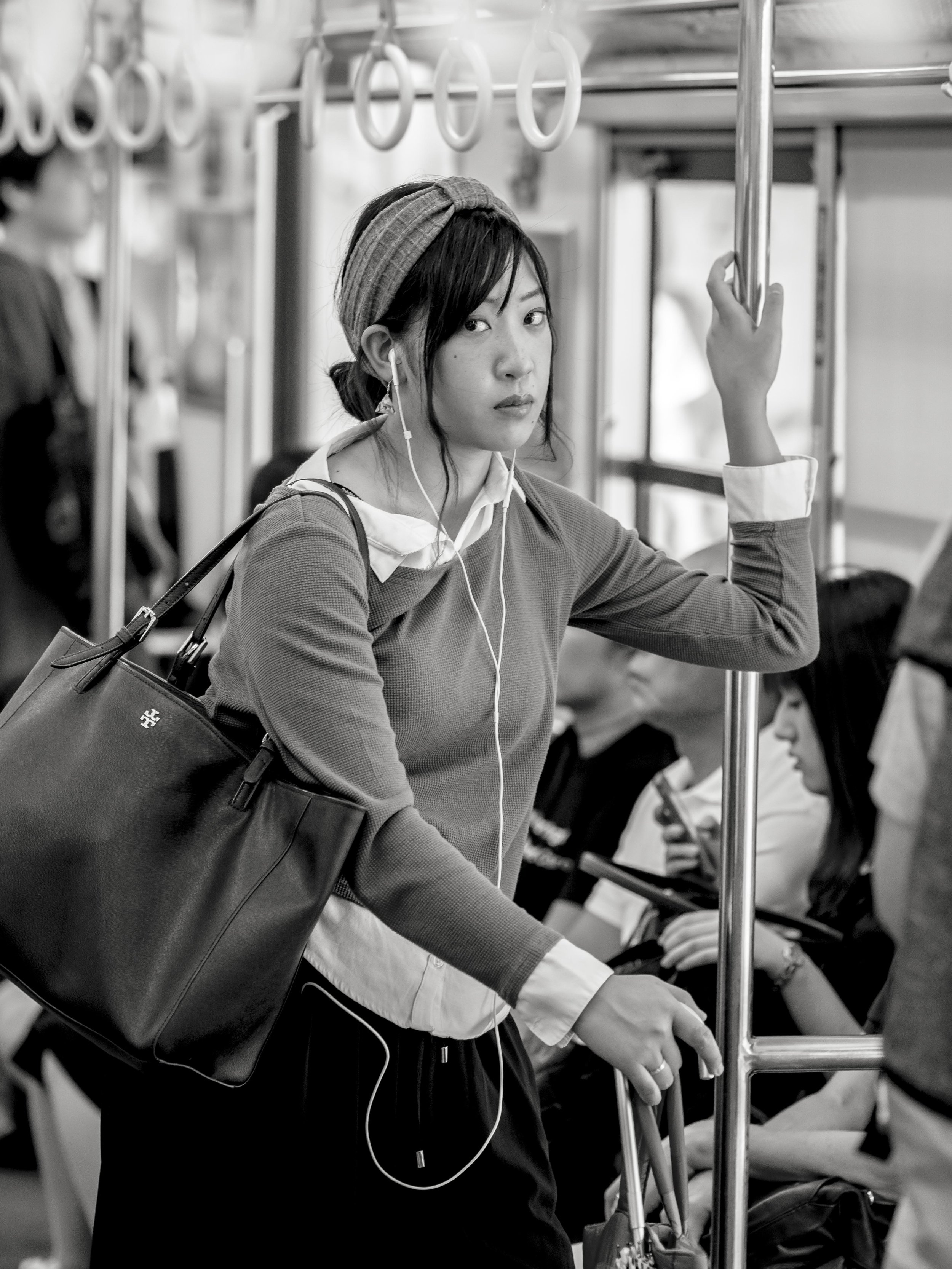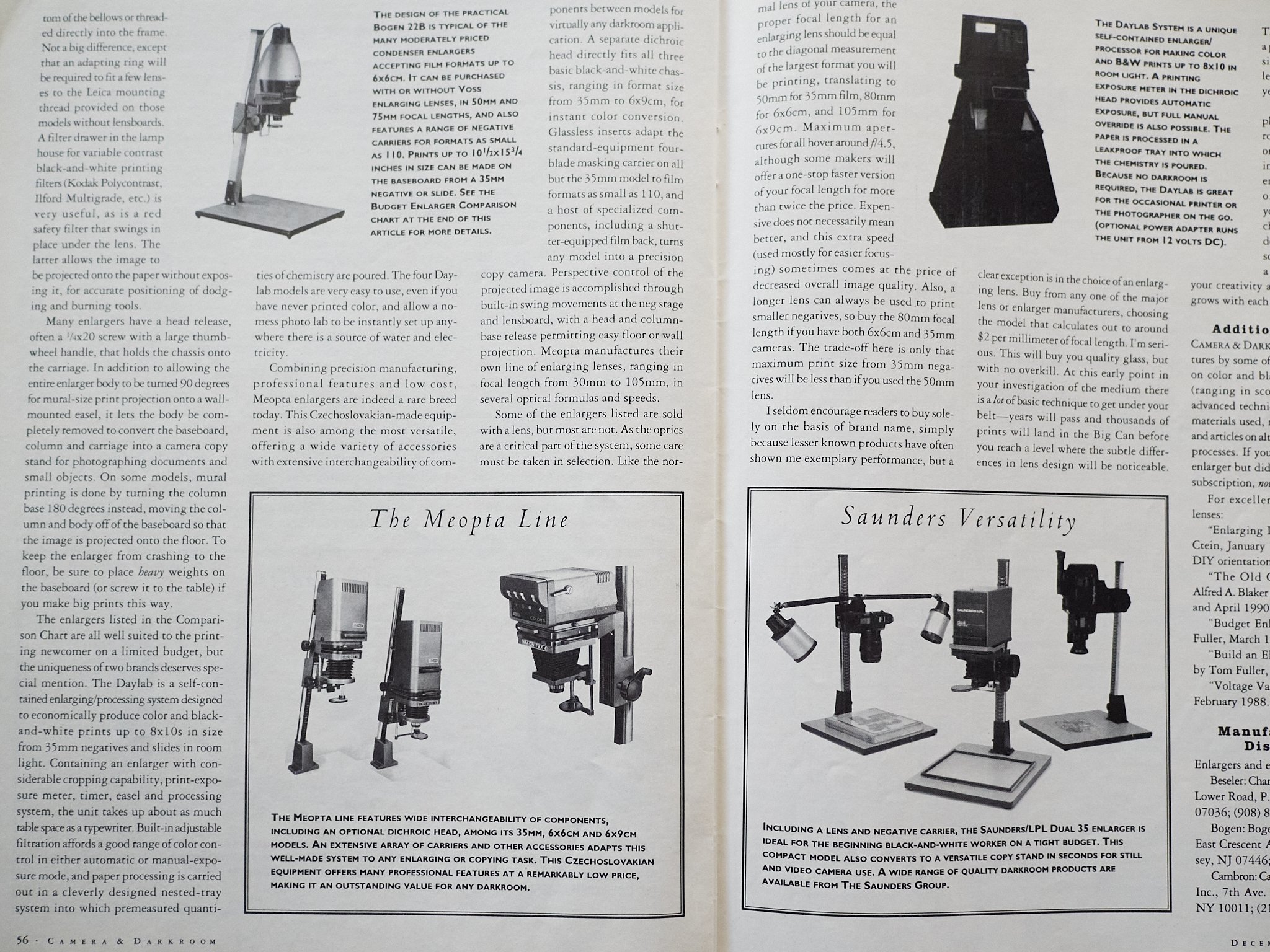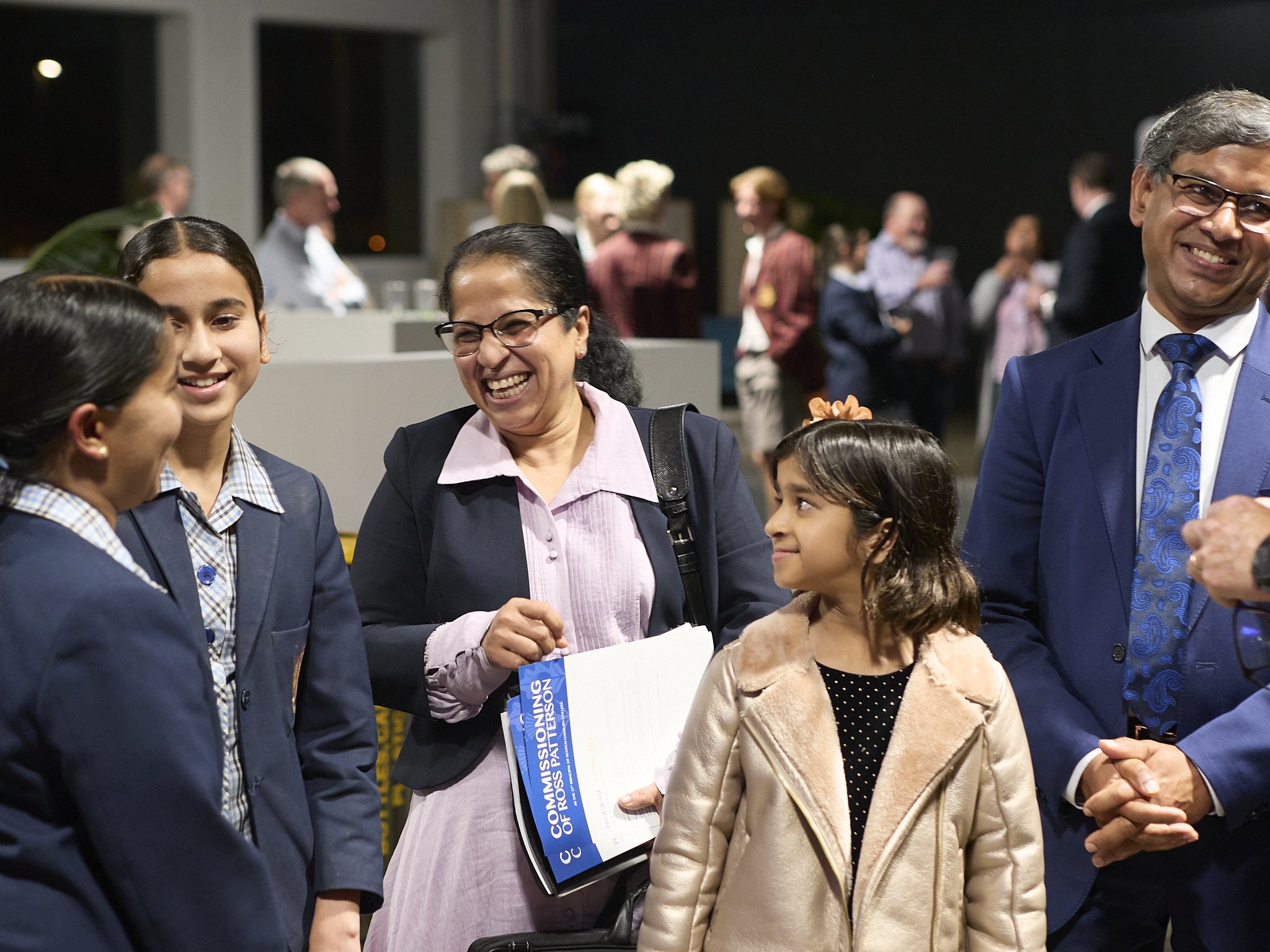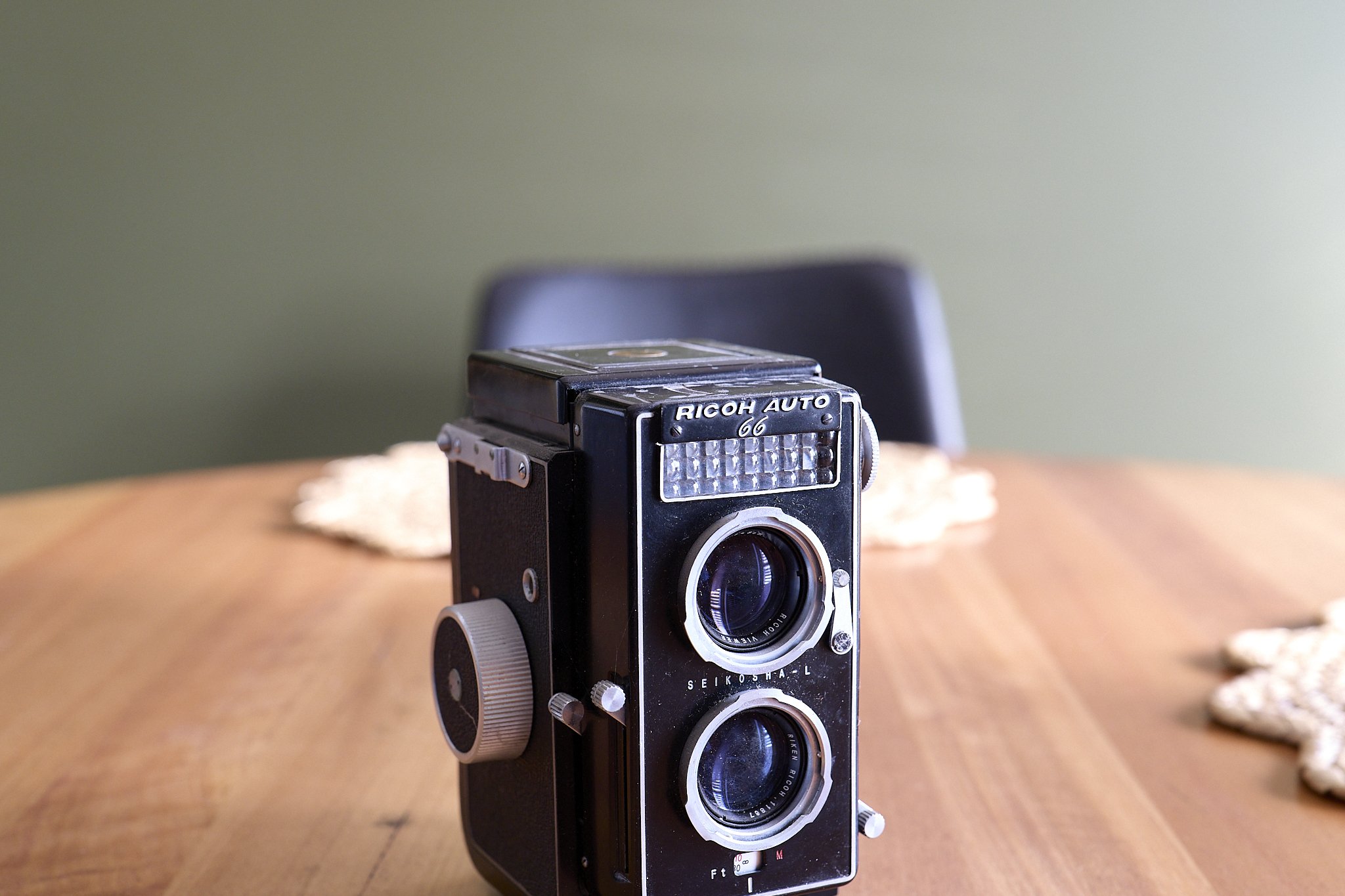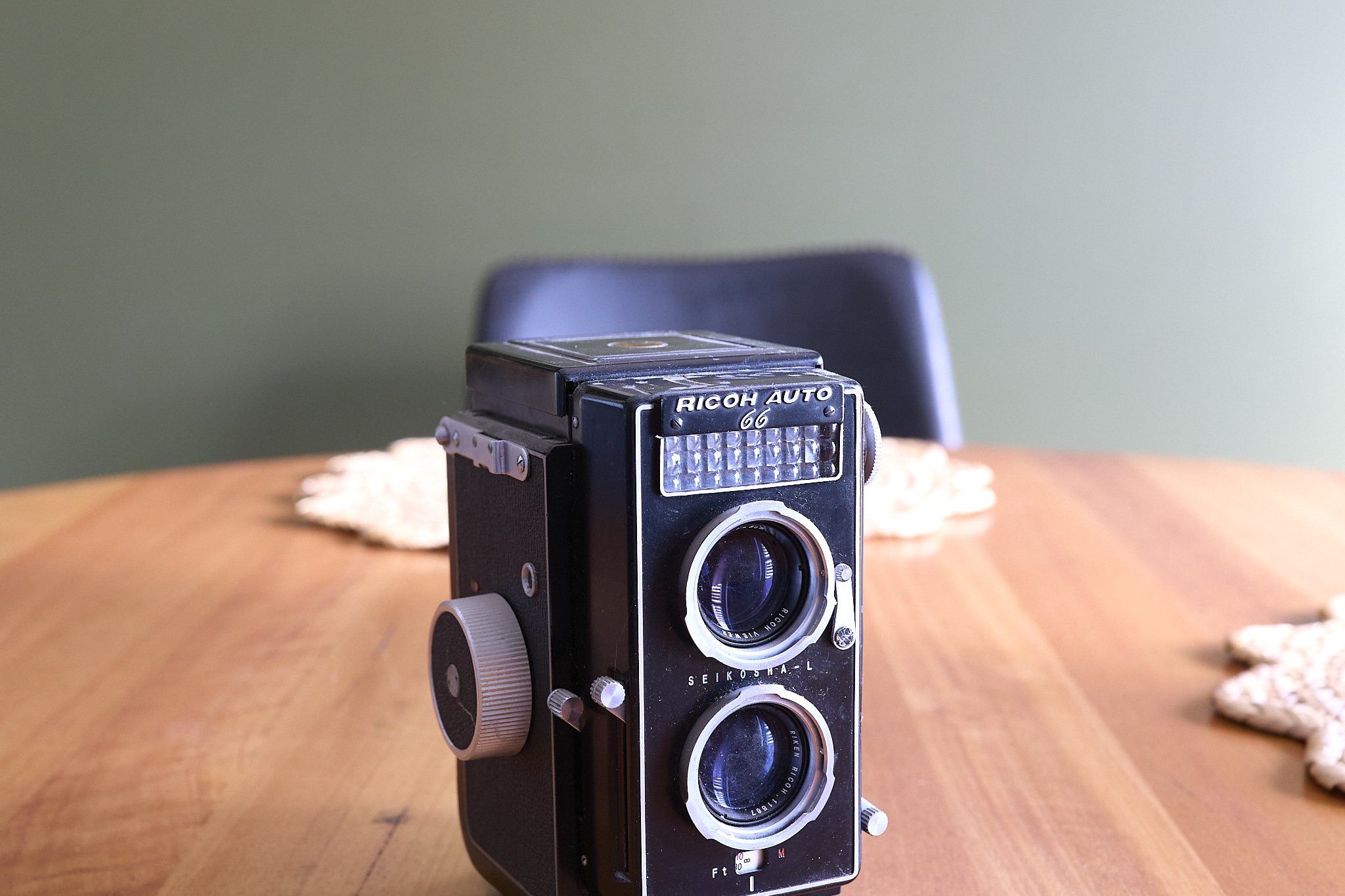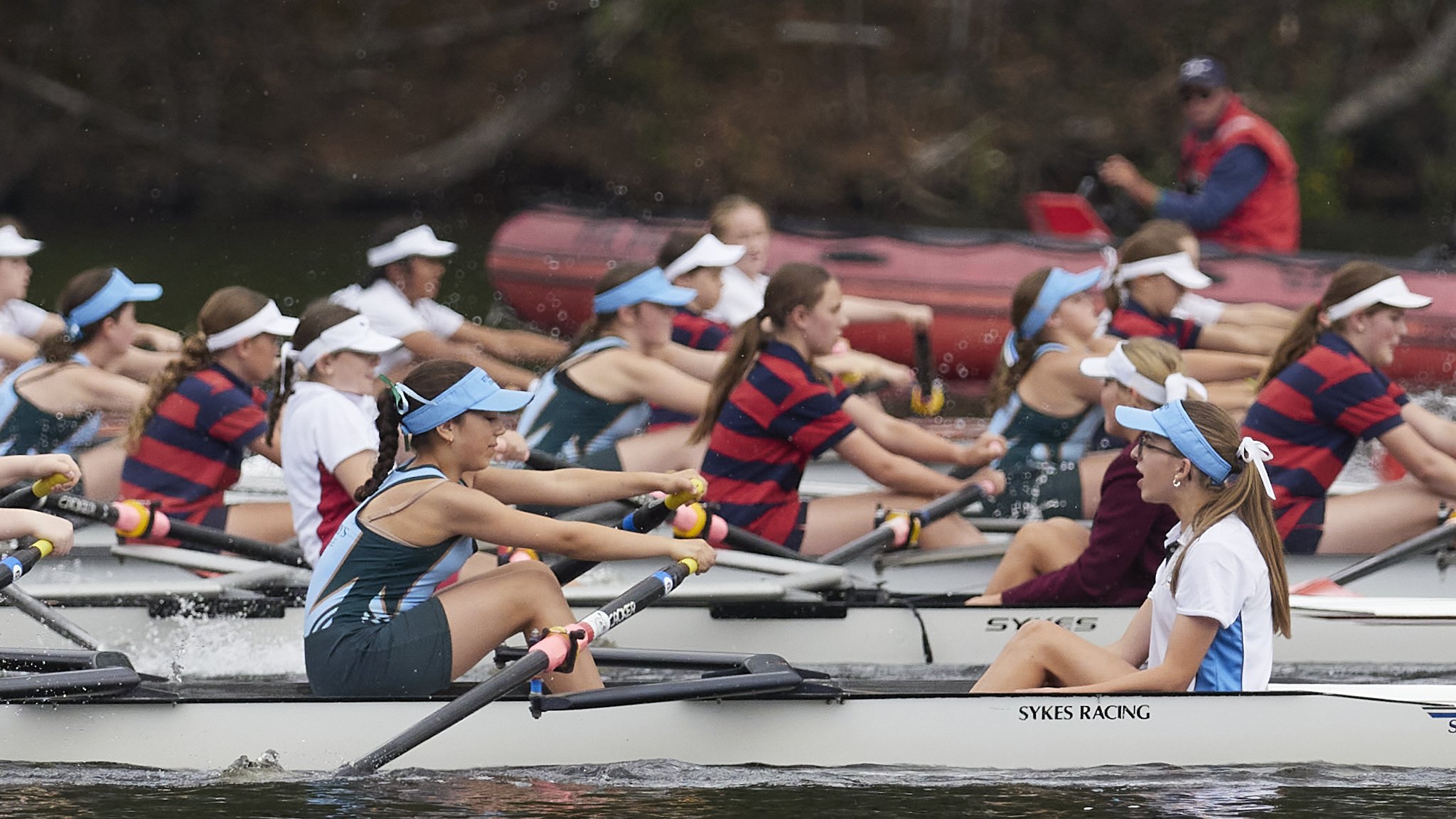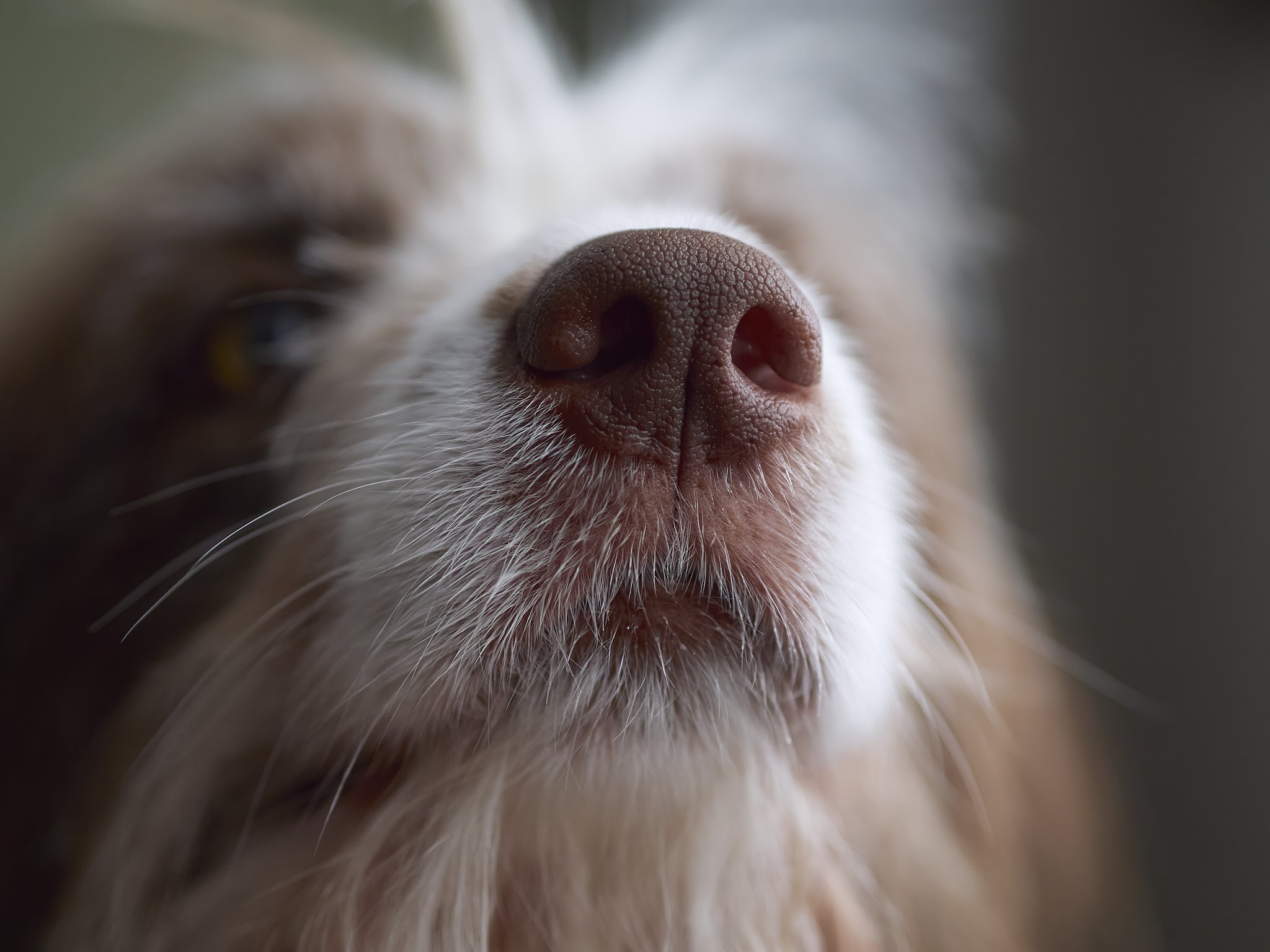Got that portrait bug again.
Not sure what got it going, but it is here and I have been having fun.
Looking at a problem that has been close to me buying the most ridiculously large bag ($450au 5.11 CAMS bag), so I can take all* my stands, mods, flash units, LED’s etc, I decided to look at the problem another way.
Manfrotto 5002BL Nano light stands seems to be the go if you want small stands. My smaller Neewer stainless are 70+cm long for 2.1 meters tall, the Nano’s are 50cm long for 2 meters tall.
That 20cm means I can fit them in a small 40L suit case (that I have already). They take 4kg and seem steady enough with a flash, bracket and Smallrig 55cm soft box on (the stem bends, which seems to be what they do happily). I would be happier with a brolly or brolly soft box because they are centre balanced and softer for their size, but the soft box fits in the case, my brollies don’t.
I forgot to put the two C-mount flash brackets in, but they fit fine. I can also add the RB-9, two flash units and controller, but they would probably be in their respective camera bags anyway. The heaviest bit of the kit is the Amaran power brick and 970 NP batts.
The case is about the same volume as my Domke roller bag, just a different shape. I can now take my G9II small backpack setup (The case is about the same volume as my Domke roller, just a different shape).
I can now take my G9II video backpack kit, which handles sound, some lighting and the camera with this case for lighting, with little discomfort.
Alternatively, it can be studio lighting lite, meaning two flash units with brackets and stands, the soft box and or a couple of brollies strapped to the outside (or in my tripod bag).
The background above is one of my cheap backdrop rolls. The “Jonah” faux leather furniture fabric is my “Annie Leibovitz” look backdrop. For $17/m and 1.5m wide, it can be cut to any length (this is over 3m), looks a bit like an Oliphant hand painted and comes in several colours. I have the Donkey brown above, a grey version, a light stone and tan leather.
The leather-like fabric drops creases out as you watch, can be walked on, painted, wiped down, crumpled for effect , is soft to sit on and light. Because it is furniture fabric, it comes in 1.5m wide rolls. Curtain fabric can be wider, but not in this stuff unfortunately (leather curtains anyone?). For wider you can either hang it sideways or hang several panels in Leibovitz style backdrop in a working space;
These were fun and although they have not been used much, they are great to have along side my Manfrotto Pewter/Walnut and Grey/Black collapsibles.
Hankering for something else, I decided to look into other colours. Fuelled with enthusiasm, I went to the local Spotlight with a half dozen book marked on my phone, but found most were either too shiny or simply not what their picture looked like.
Undaunted I kept looking.
I came back with a soft sky blue cotton canvas, a darker mottled denim blue and a different take on the faux leather, a faux suede in a steel grey. The Faux suede looks like it can have a fake brush effect applied, but I am not sure it will make any photographic difference.
The two cloth ones are matt, durable and heavy. One was under $12/m for a double sided weave and has a perfect ragged edge if the backdrop is fully visible (on trend it seems).
The cheapest one about 2m behind my model (Joe Black) with the Smallrig softbox above my head pointed down for some butterfly effect. Some texture, variable colour based on light wash and it is hanging straight and uncreased over the one above without even clamping.
This is the cloth quite close and fairly accurate to colour, That wonderful balance between slight texture and perfect consistency. I am tempted to go back and get the remains in the roll, because I think it could take a some gentle spray paint magic or a wrung out look.
Tests are good and give you confidence in your processes.
I now know the little softbox is more efficient than a reversed 42” white brolly by about 2 stops, but harsher also. It is great for light travel and fine for video fill, but for big light I have several options including removing the diffusers and shooting into a wall or ceiling, placing a 60cm 5-in-1 in front of it, maybe adding some diffusion cloth.
This is the softness from a reversed brolly. These are Godox and slightly warm white, which I find suits balls and other events well. The backdrop looks closer to it’s most desired colour here, catching more spill. I much prefer a slightly textured look than a block colour, but if needed, I have my Manfrotto solid grey, which can produce most colours.
I found a great video by Gavin Hoey (after I shopped!) https://www.youtube.com/watch?v=tIy7_dKZv-Q&t=36s and his recommendation is to go stretchy fabric. This allows you to stretch creases out with clamps and then looks like seamless paper, but without the hassle. I think this makes the most sense for block and vibrant colours, so my next buy may be red, yellow, lime green and orange in these colours. He also had some other cool uses for soft fabrics.
My whole setup is pretty simple.
I use a pair of the Neewer 2.4m stainless steel stands (that do not fit in that case), a pair of Smallrig super clamps holding a 1.8m curtain rail with a bunch of cheap “A” clamps. The whole lot (if you ignore my Manfrotto set-up**) came in at about $150 to start with and about another $200 in fabric so far for seven types and more coming.
*CAMS actually stands for “carry all my stuff”.
**Two backdrops and the magnetic bracket for about $700au
The $350 Manfrotto is nice, but so is the $25 cloth.















